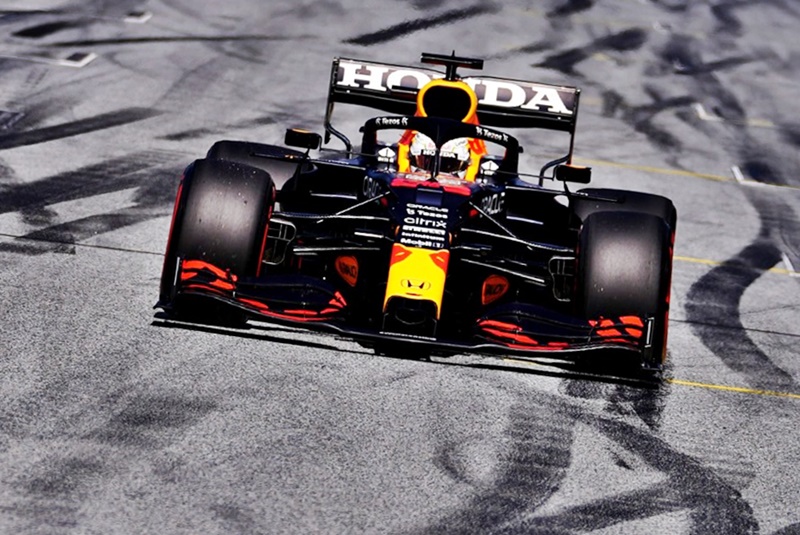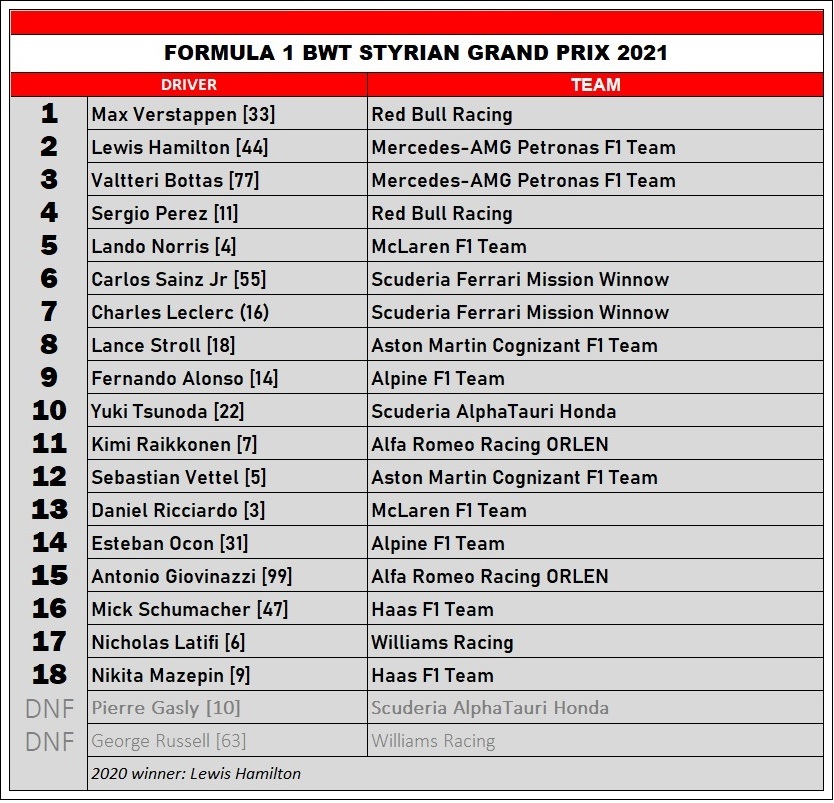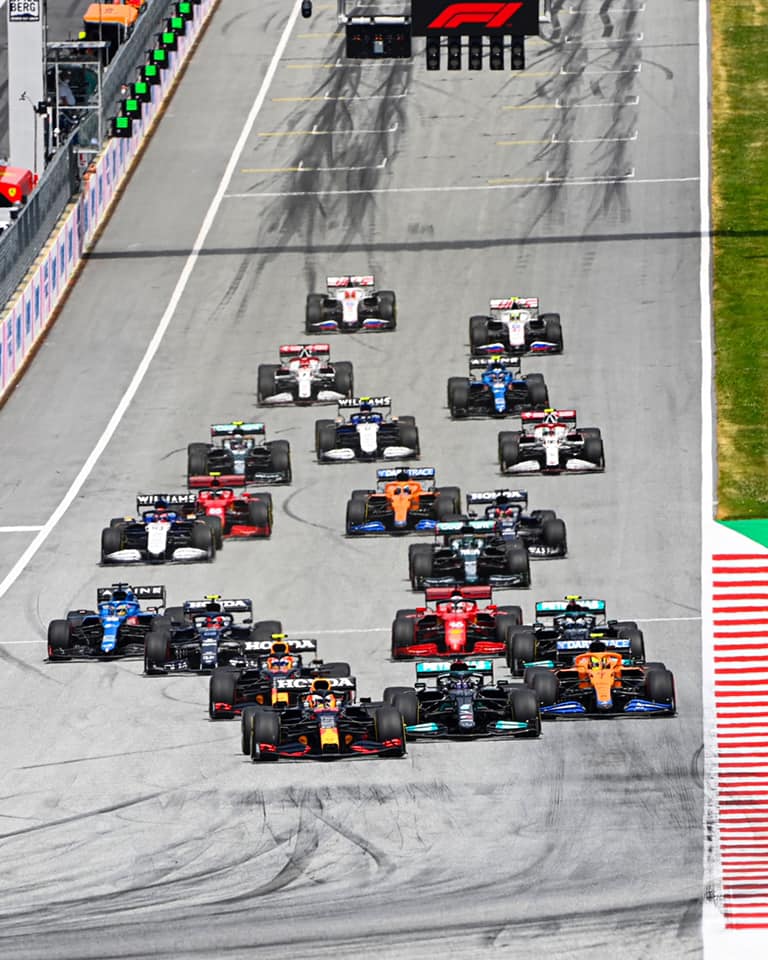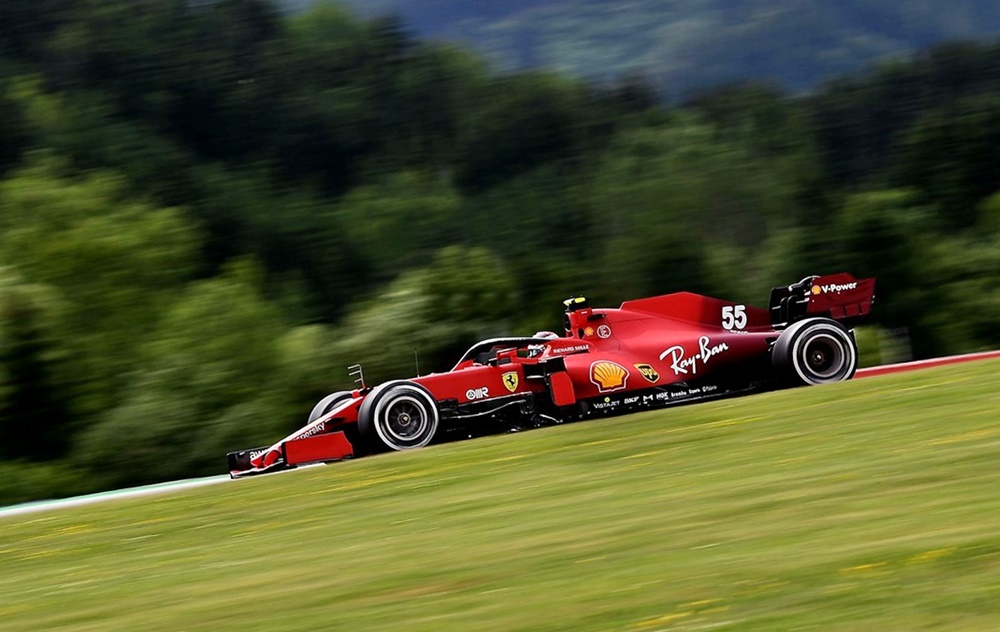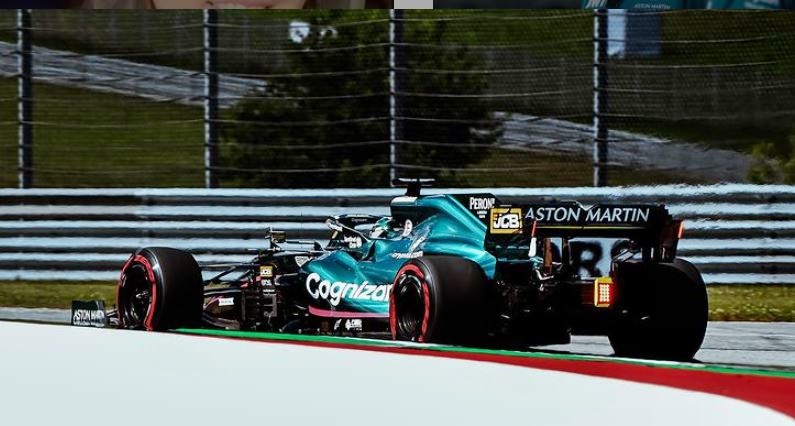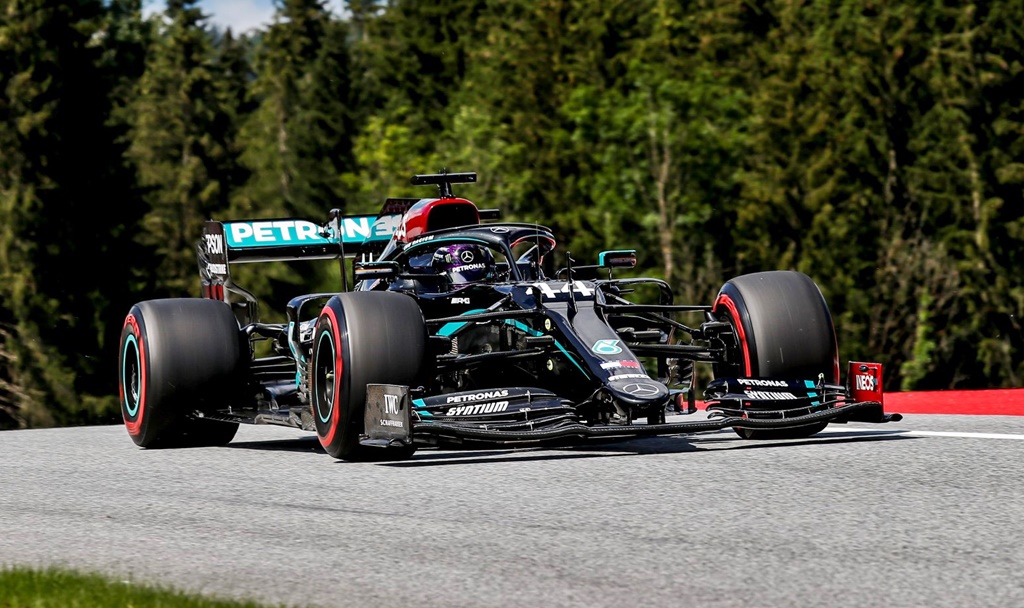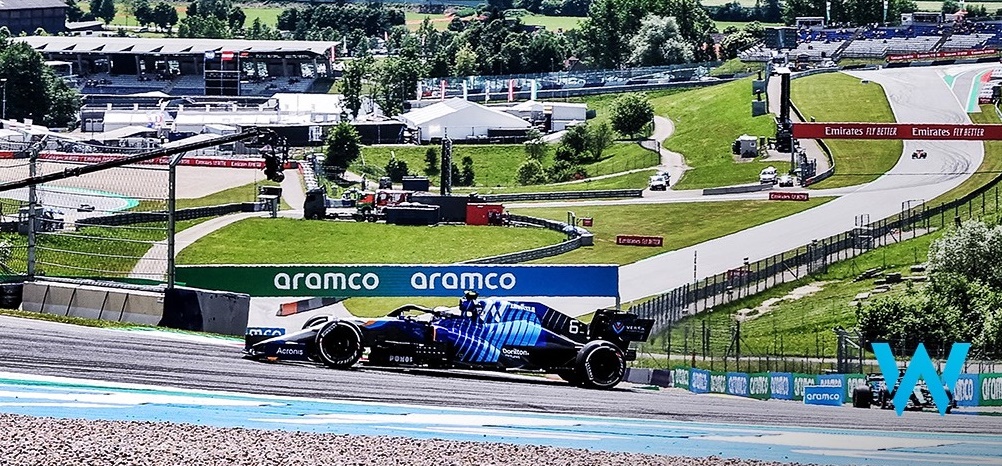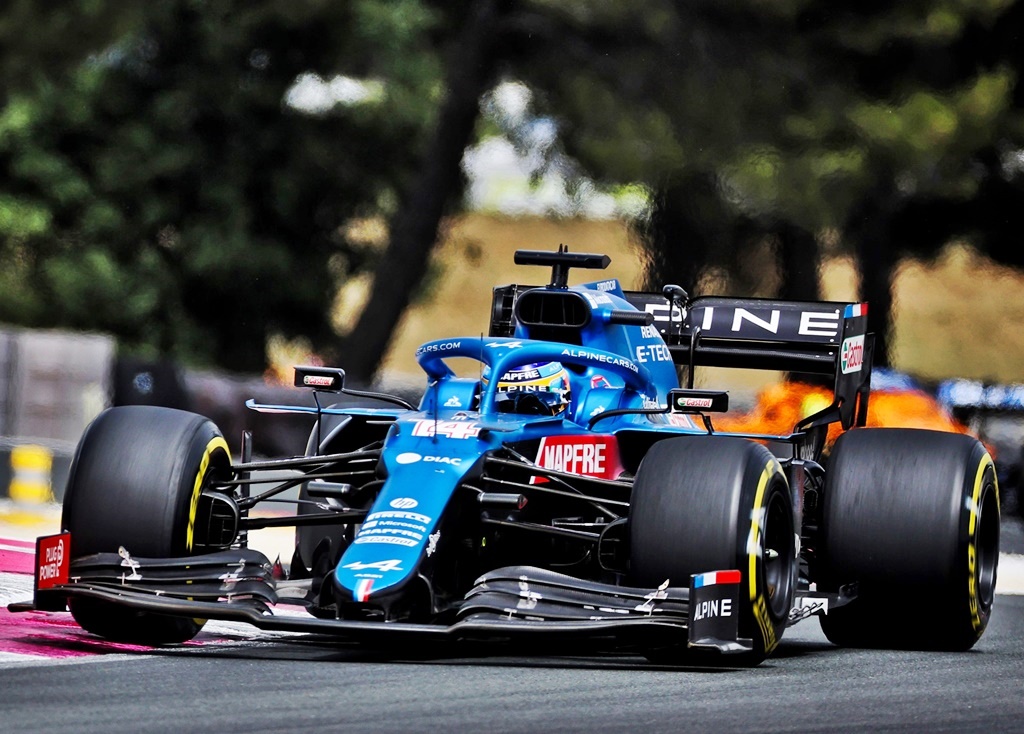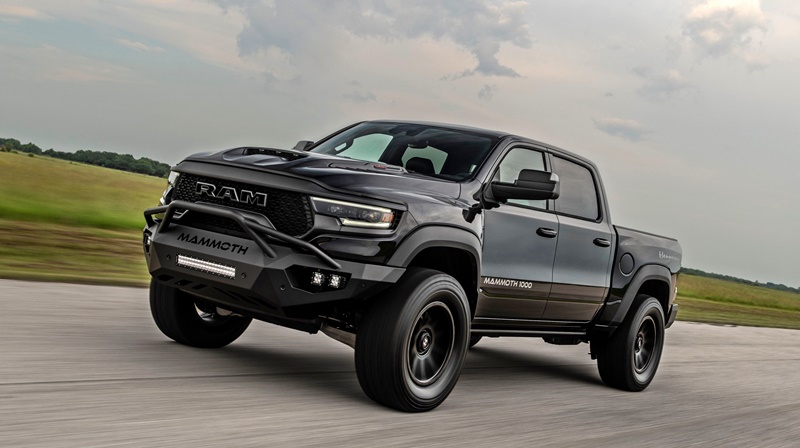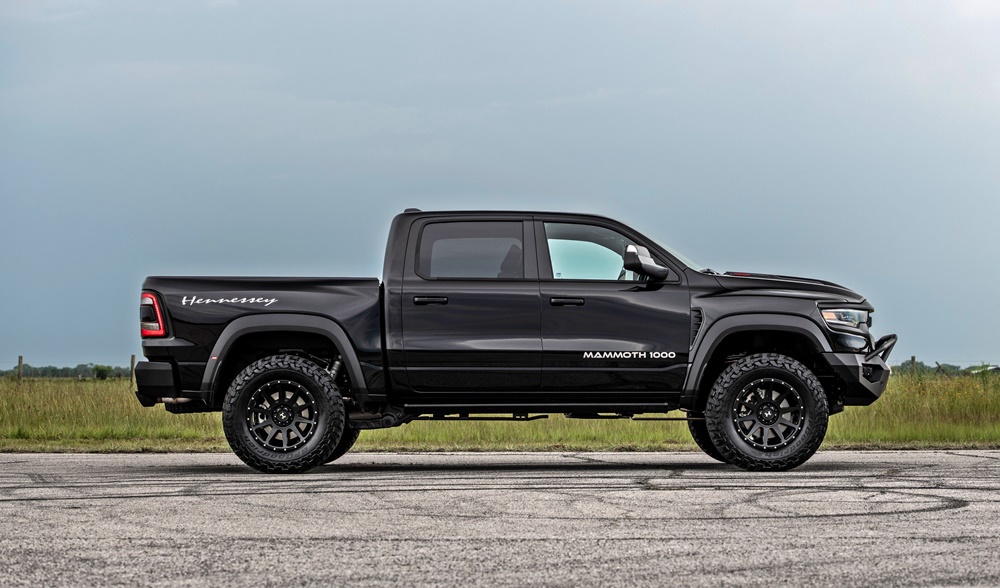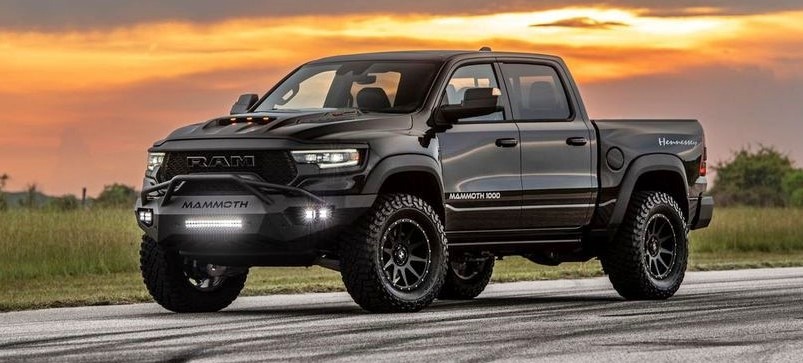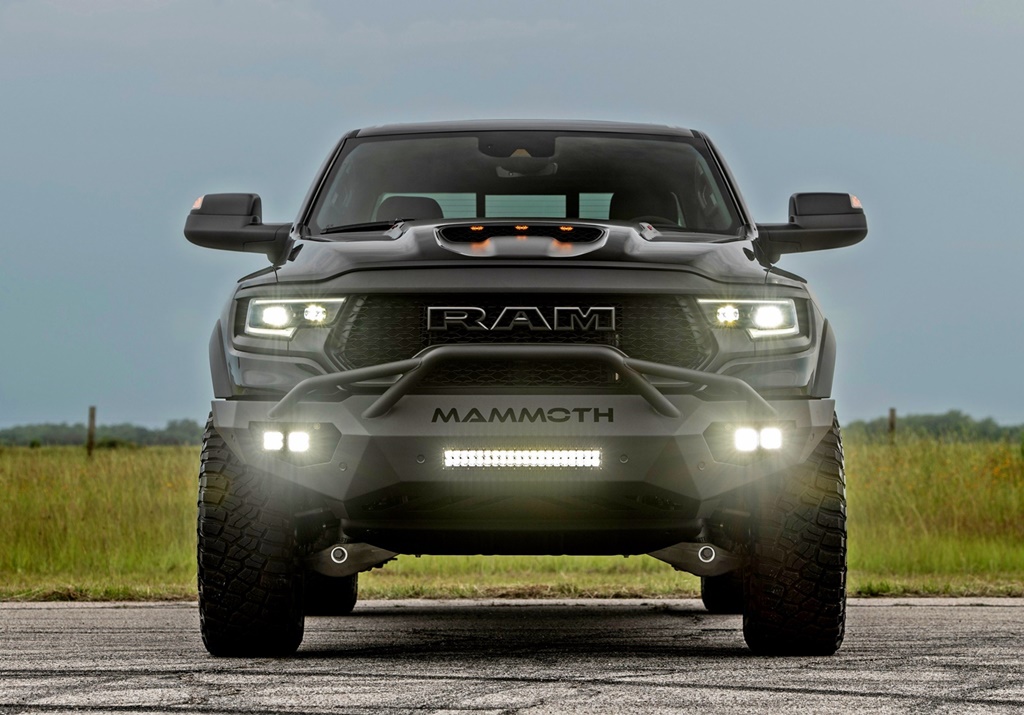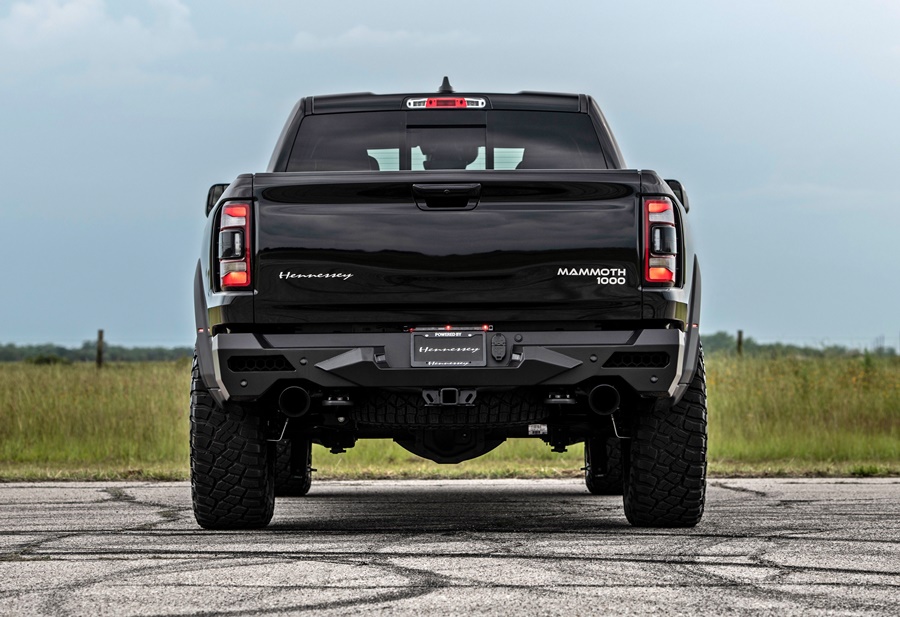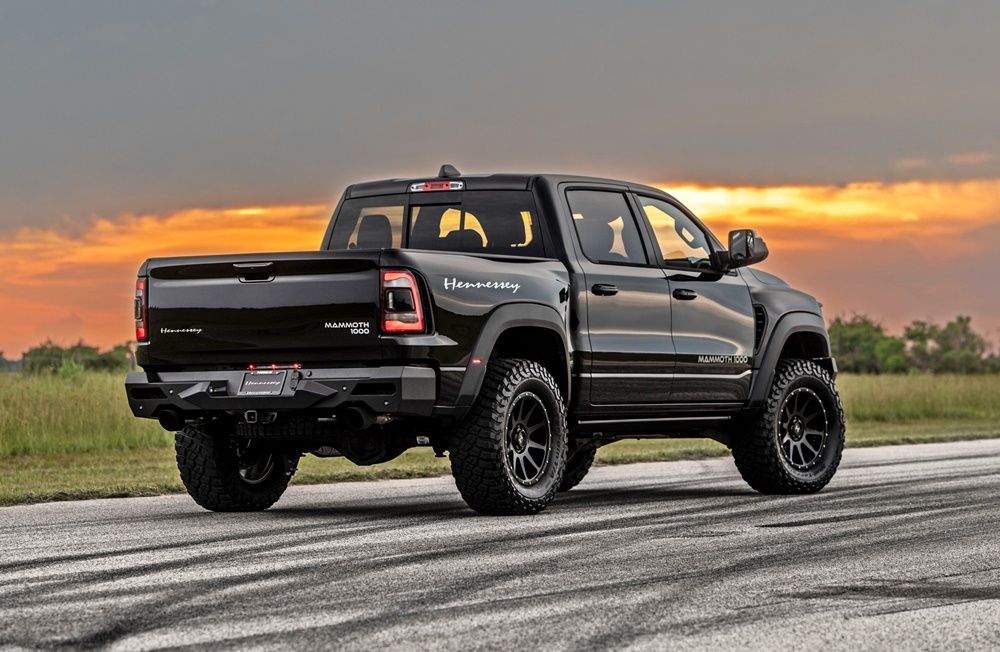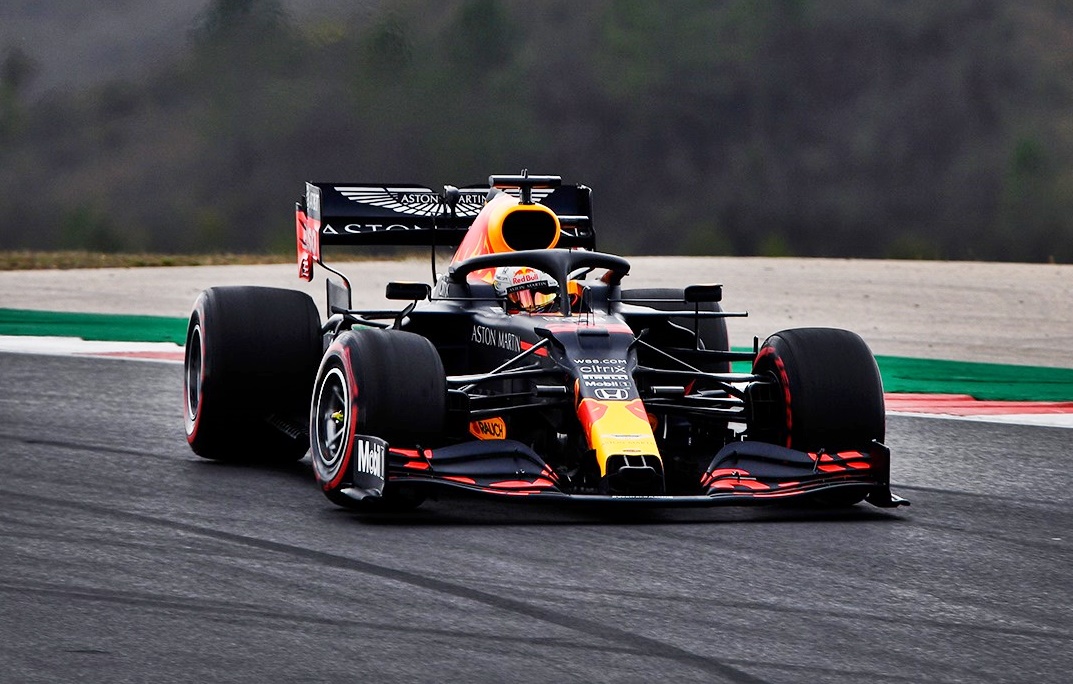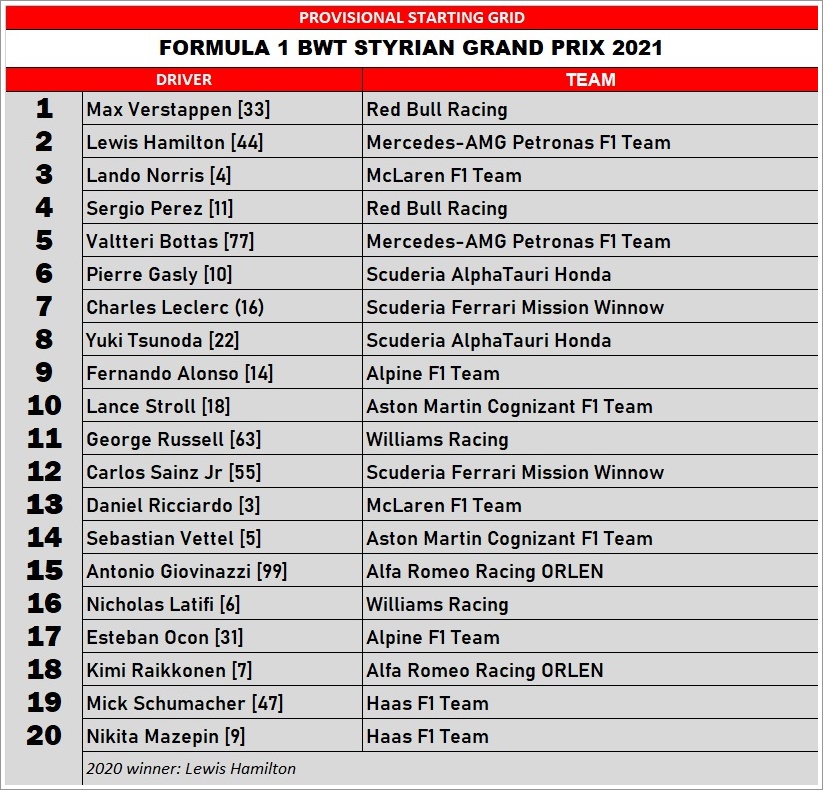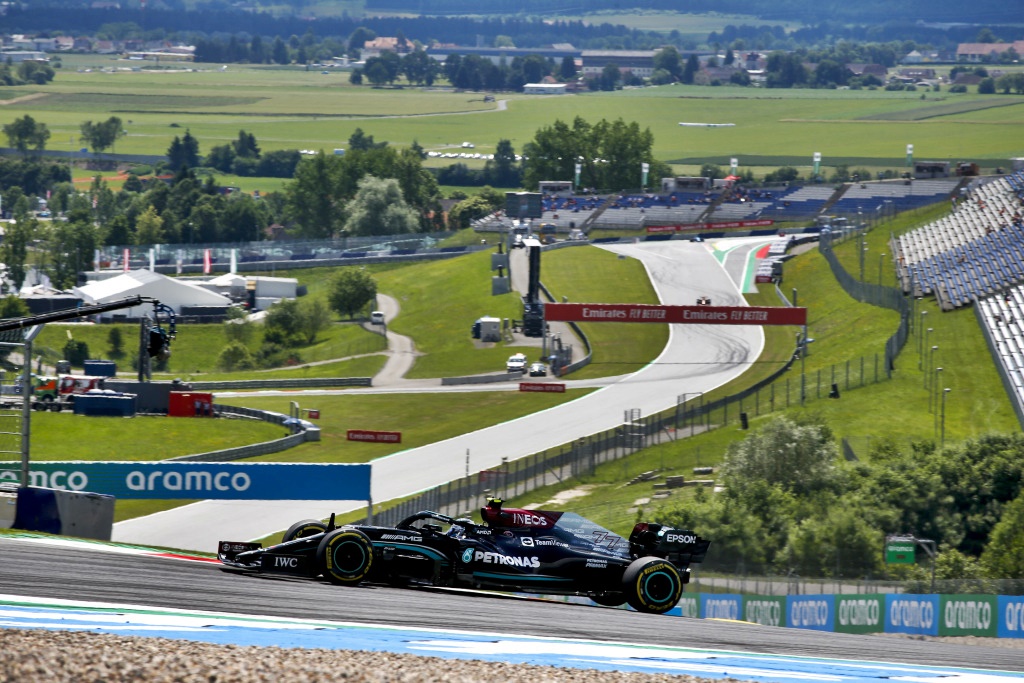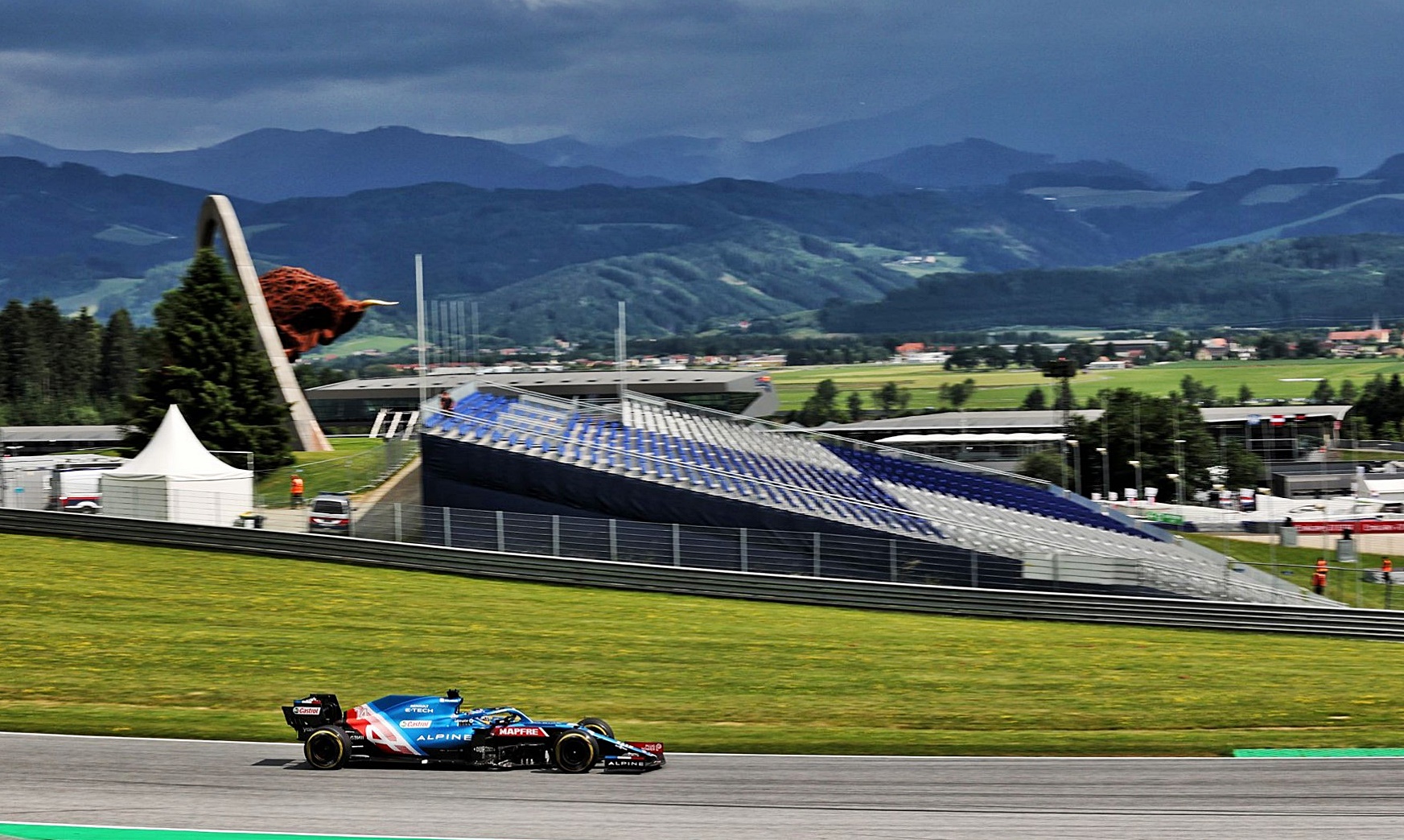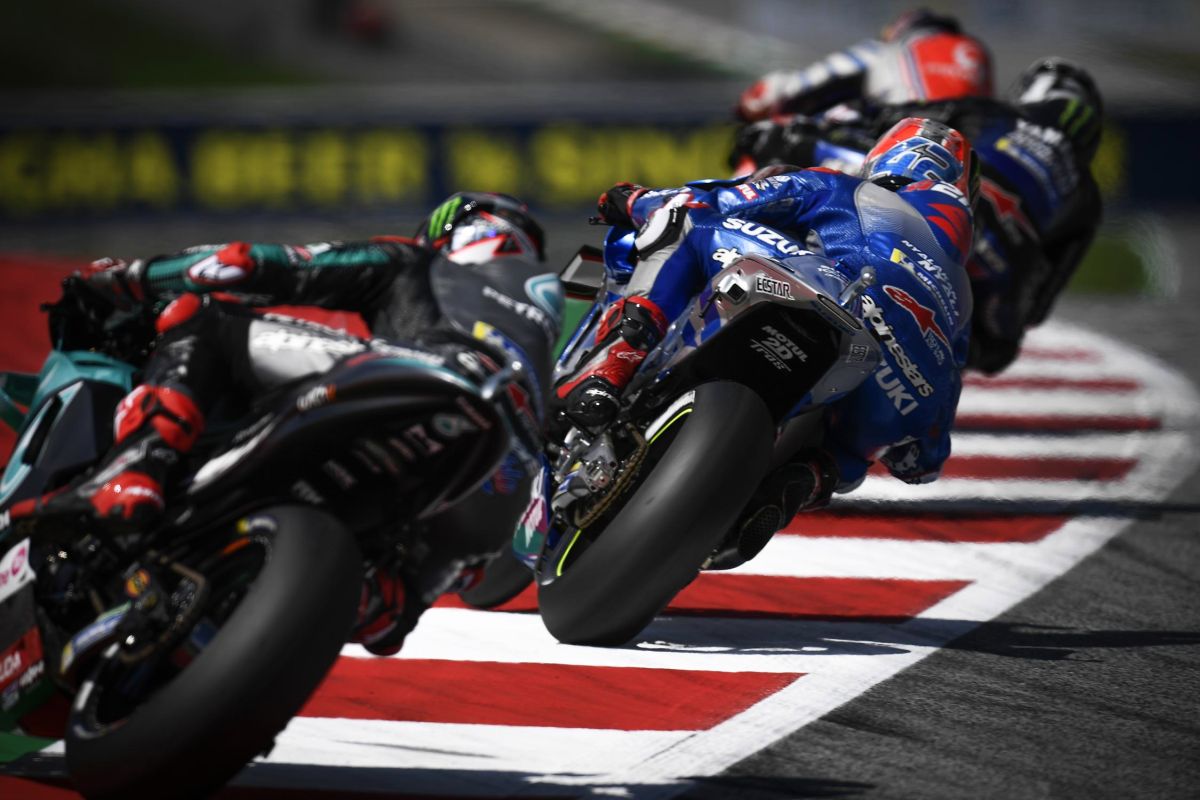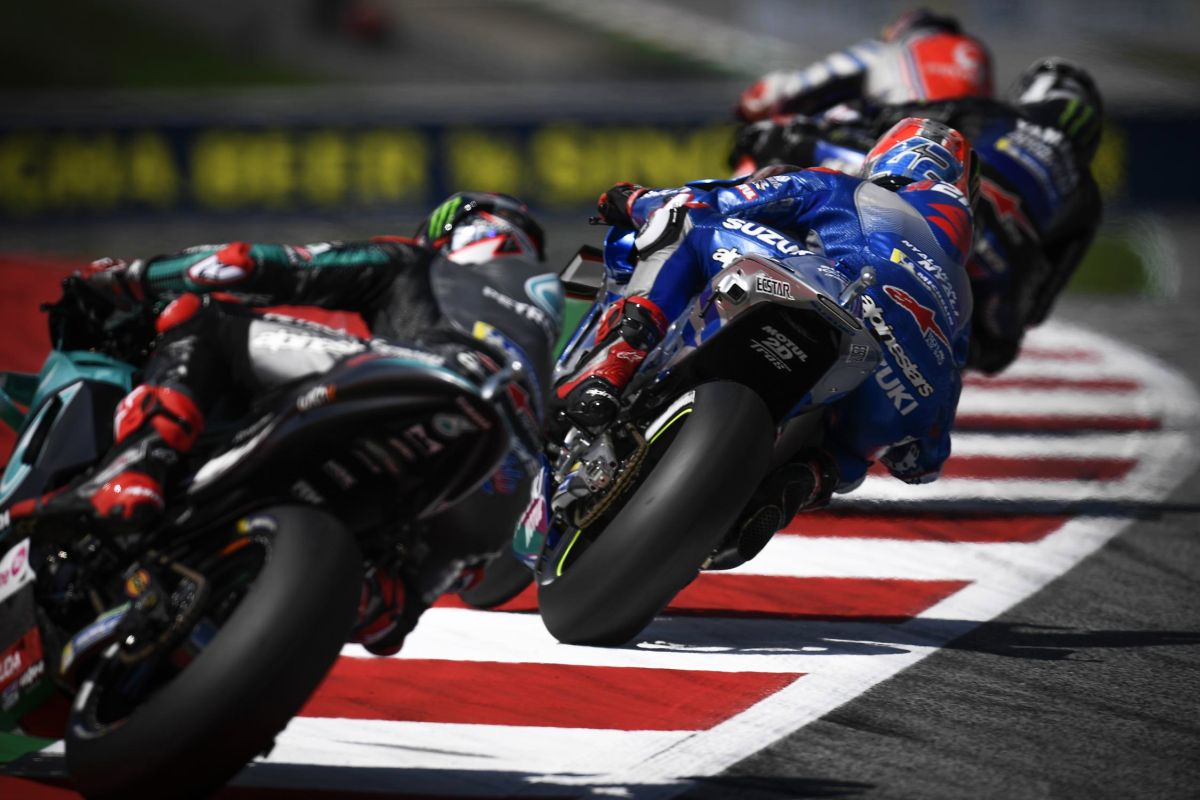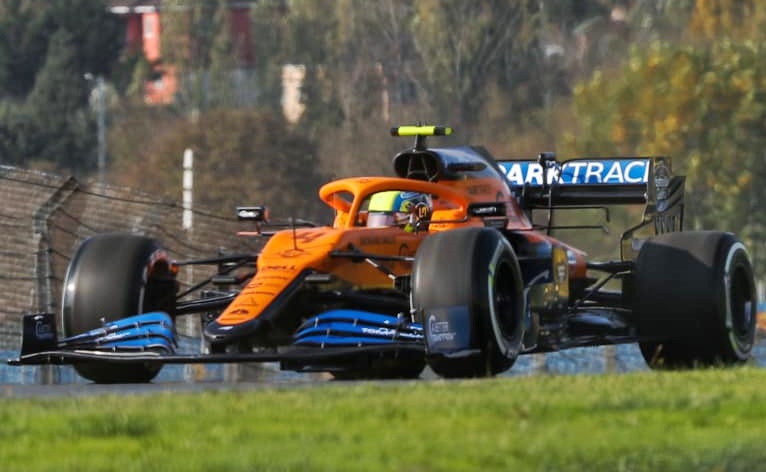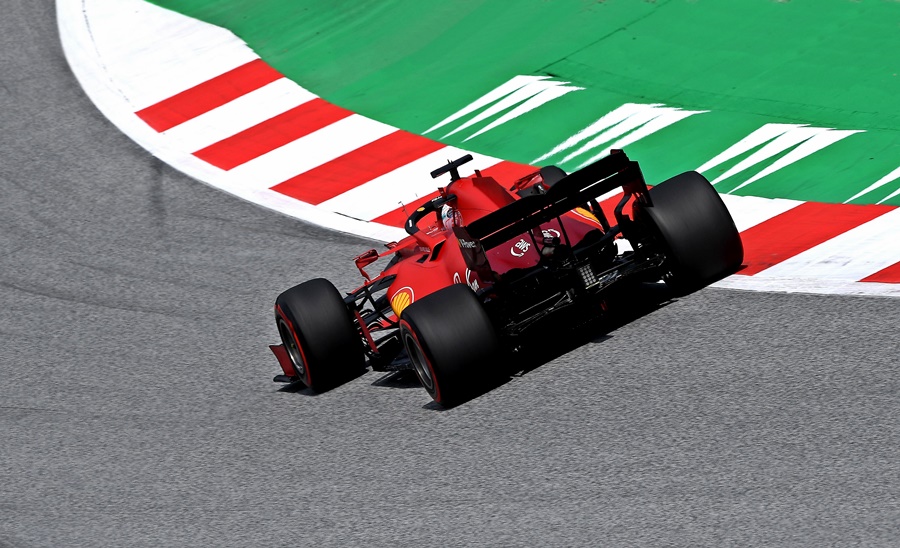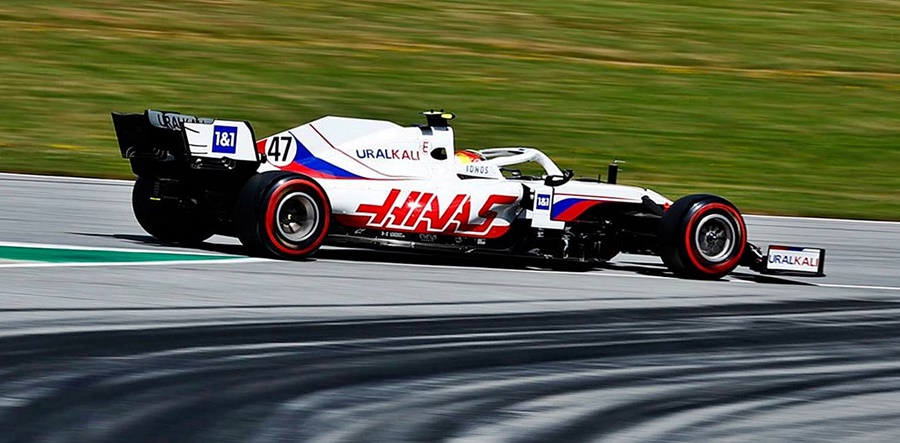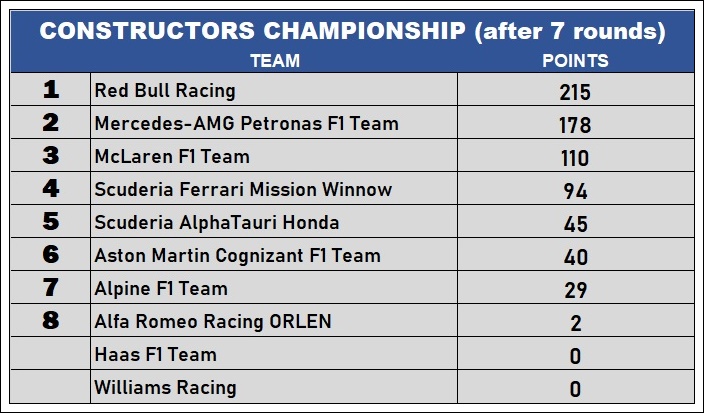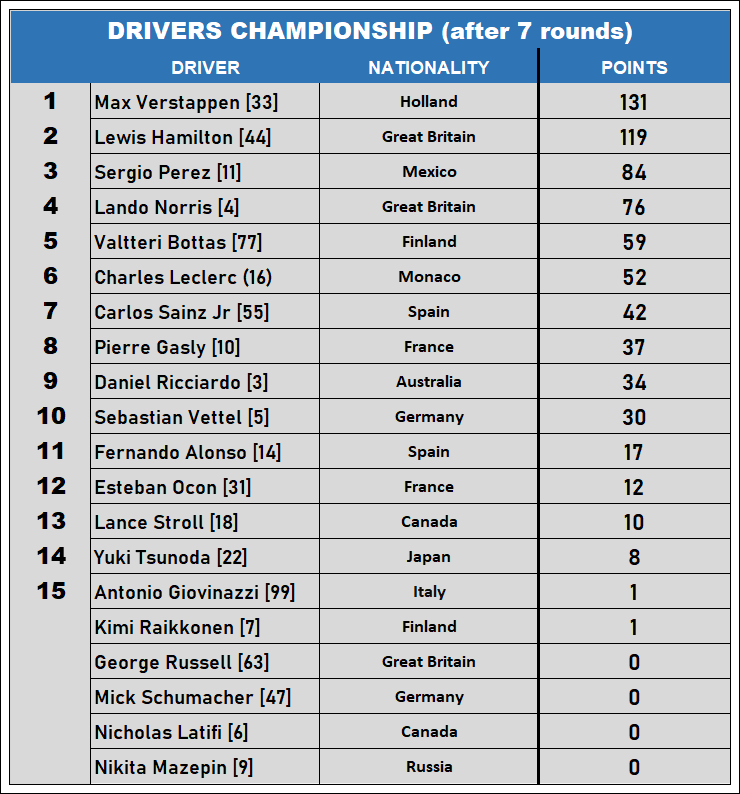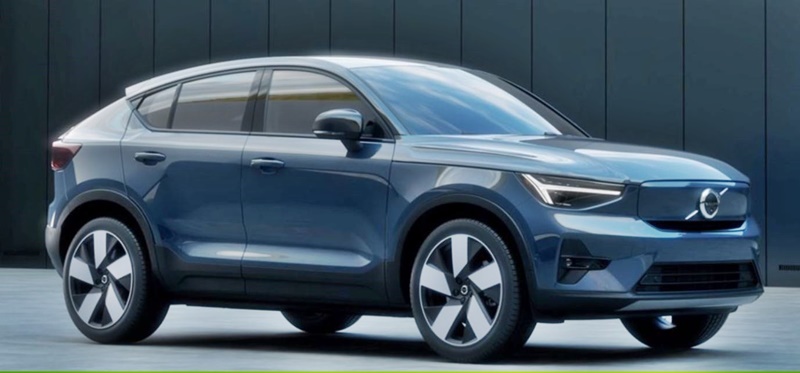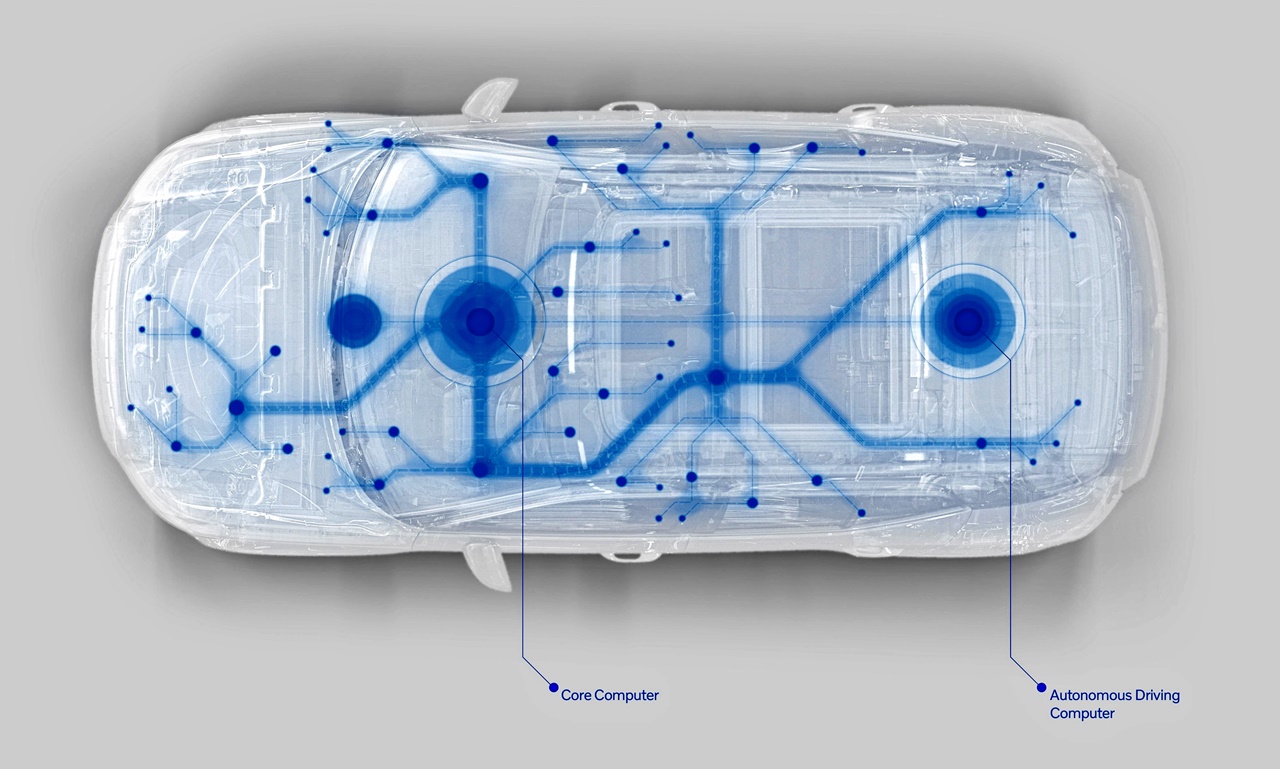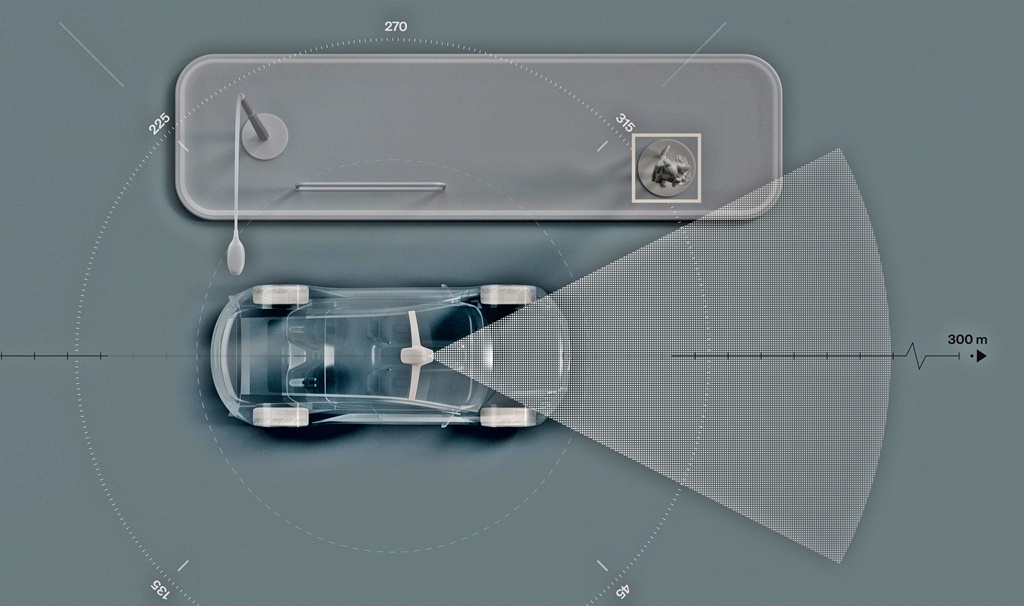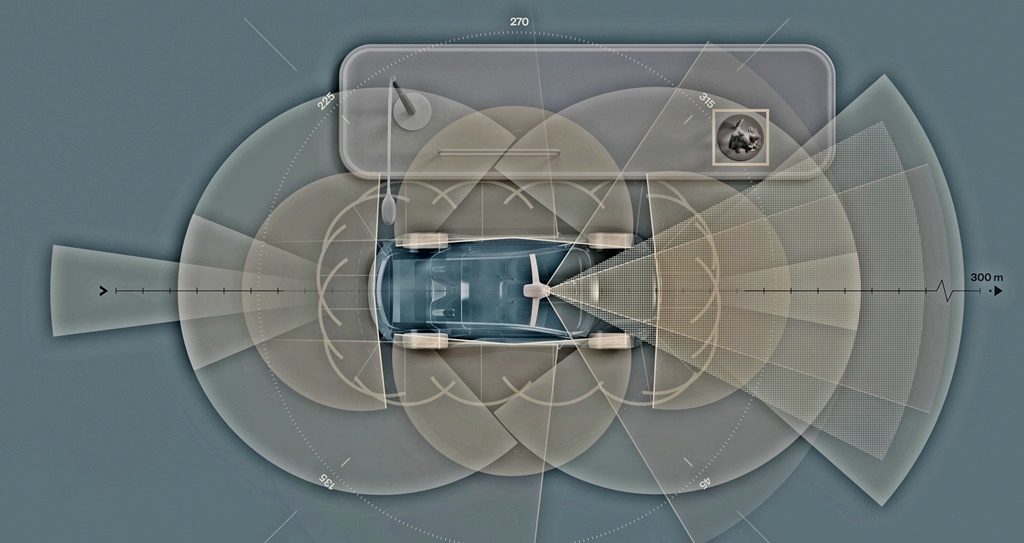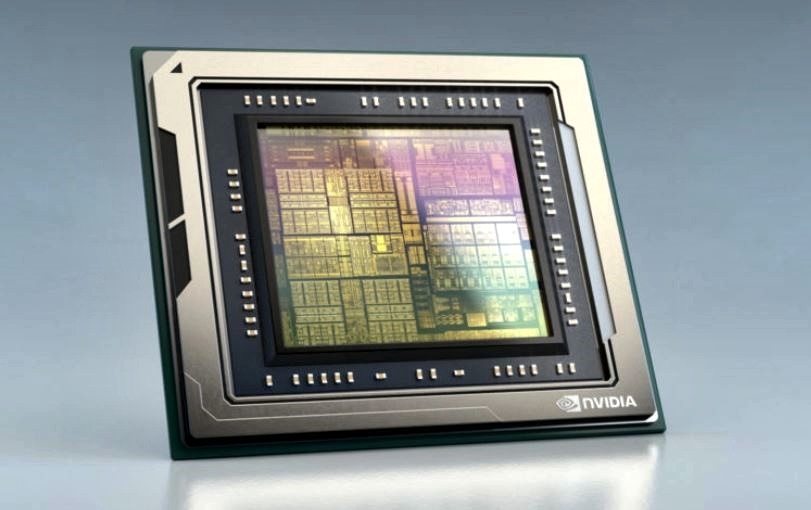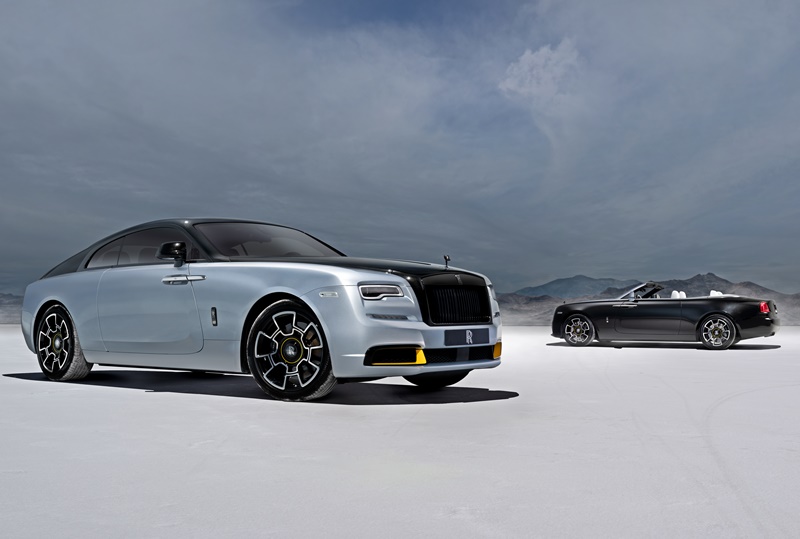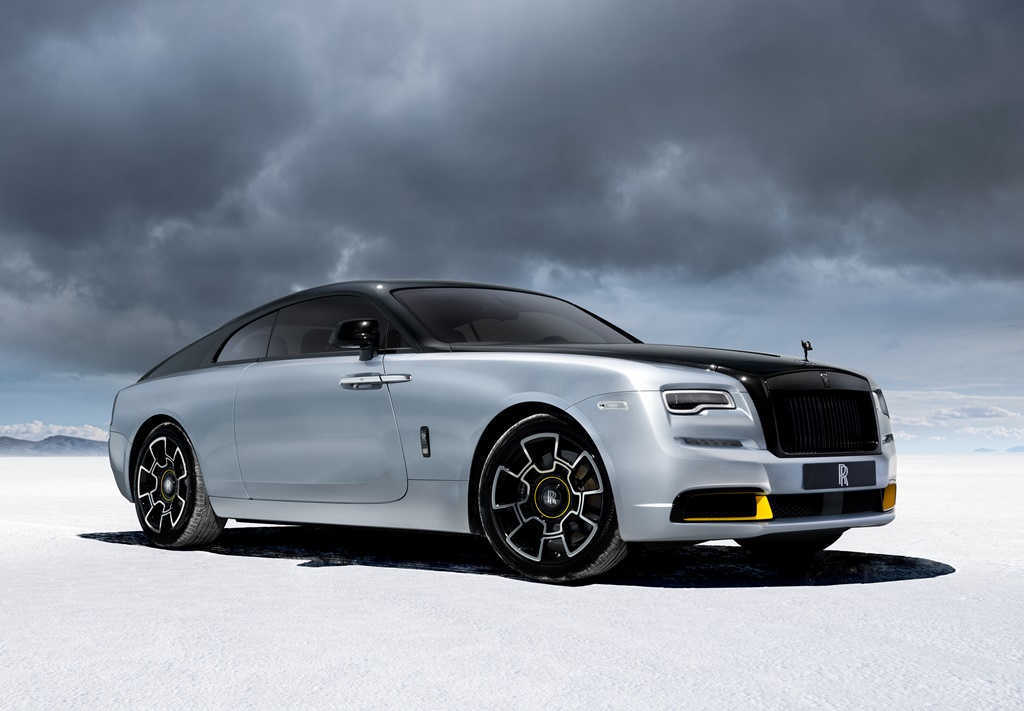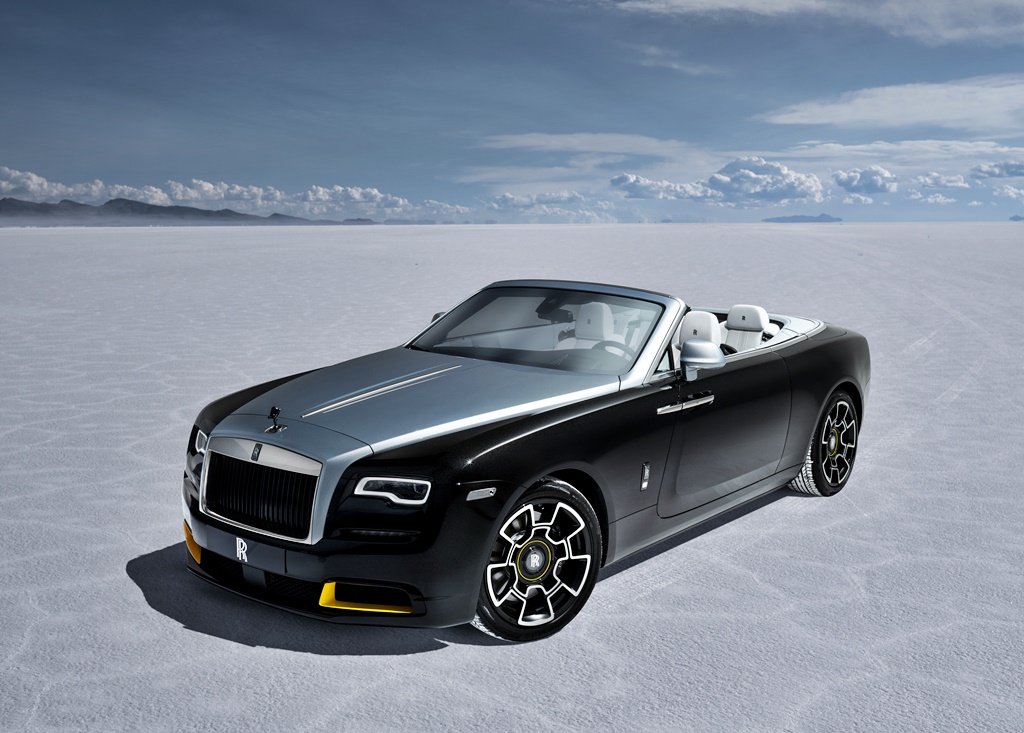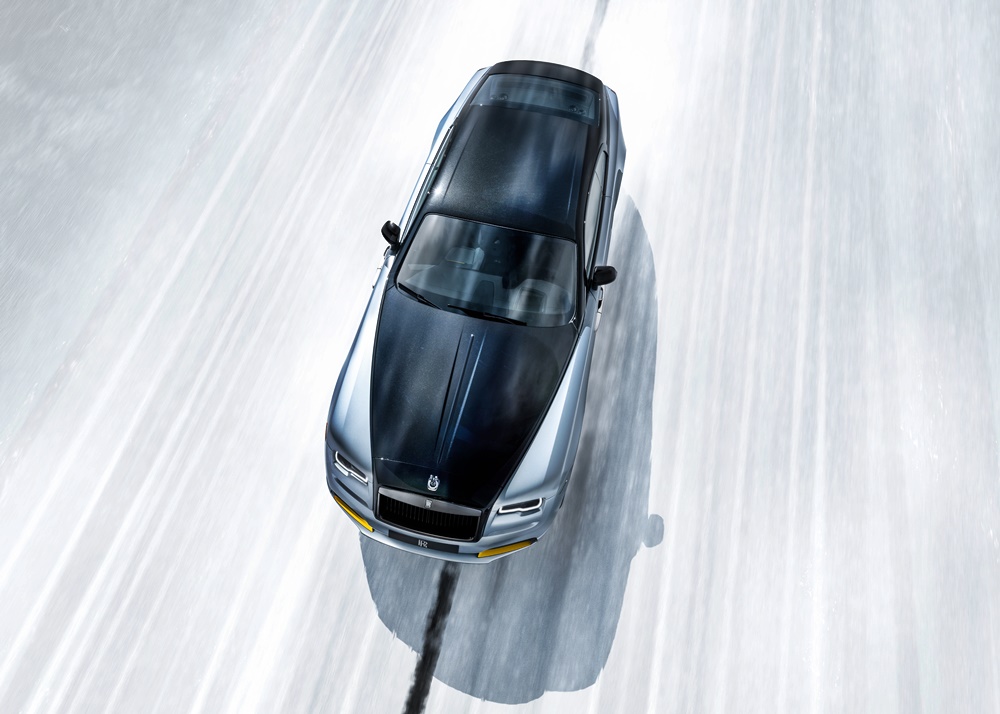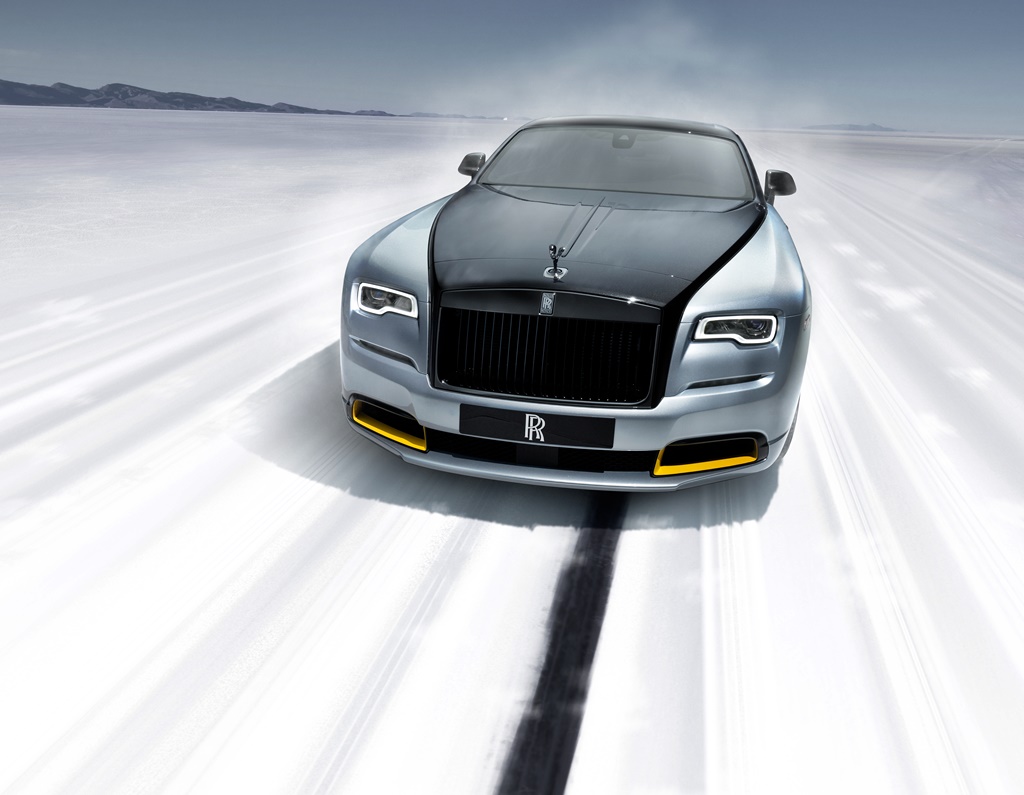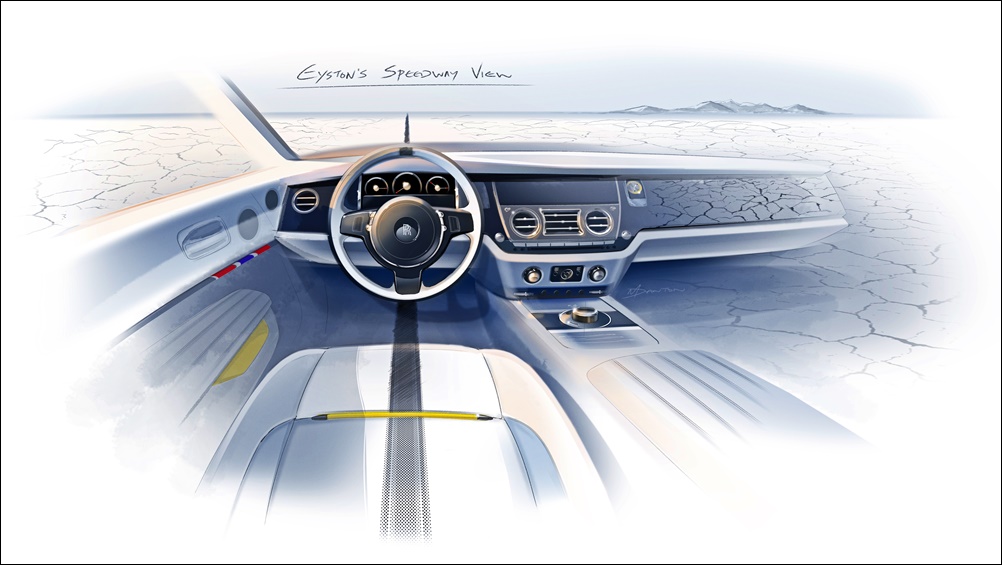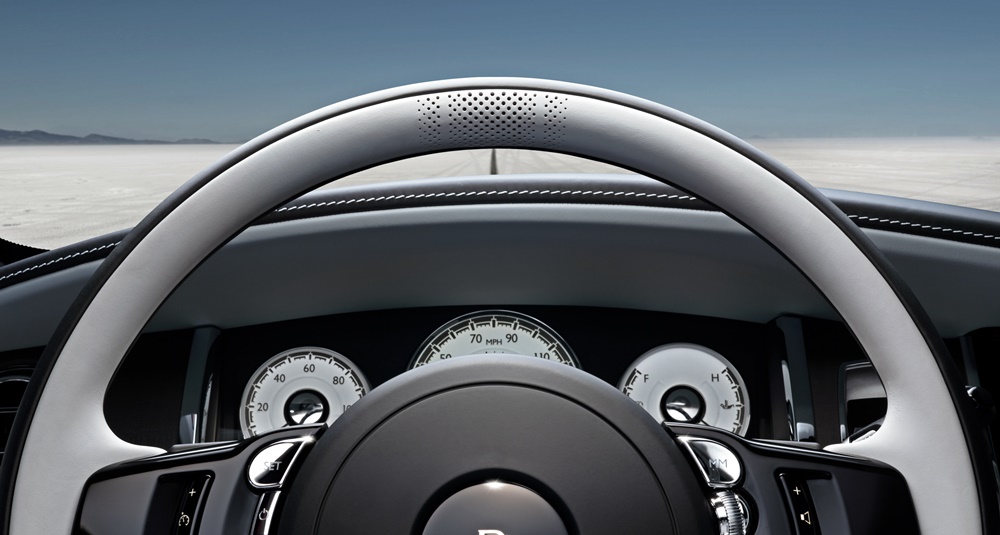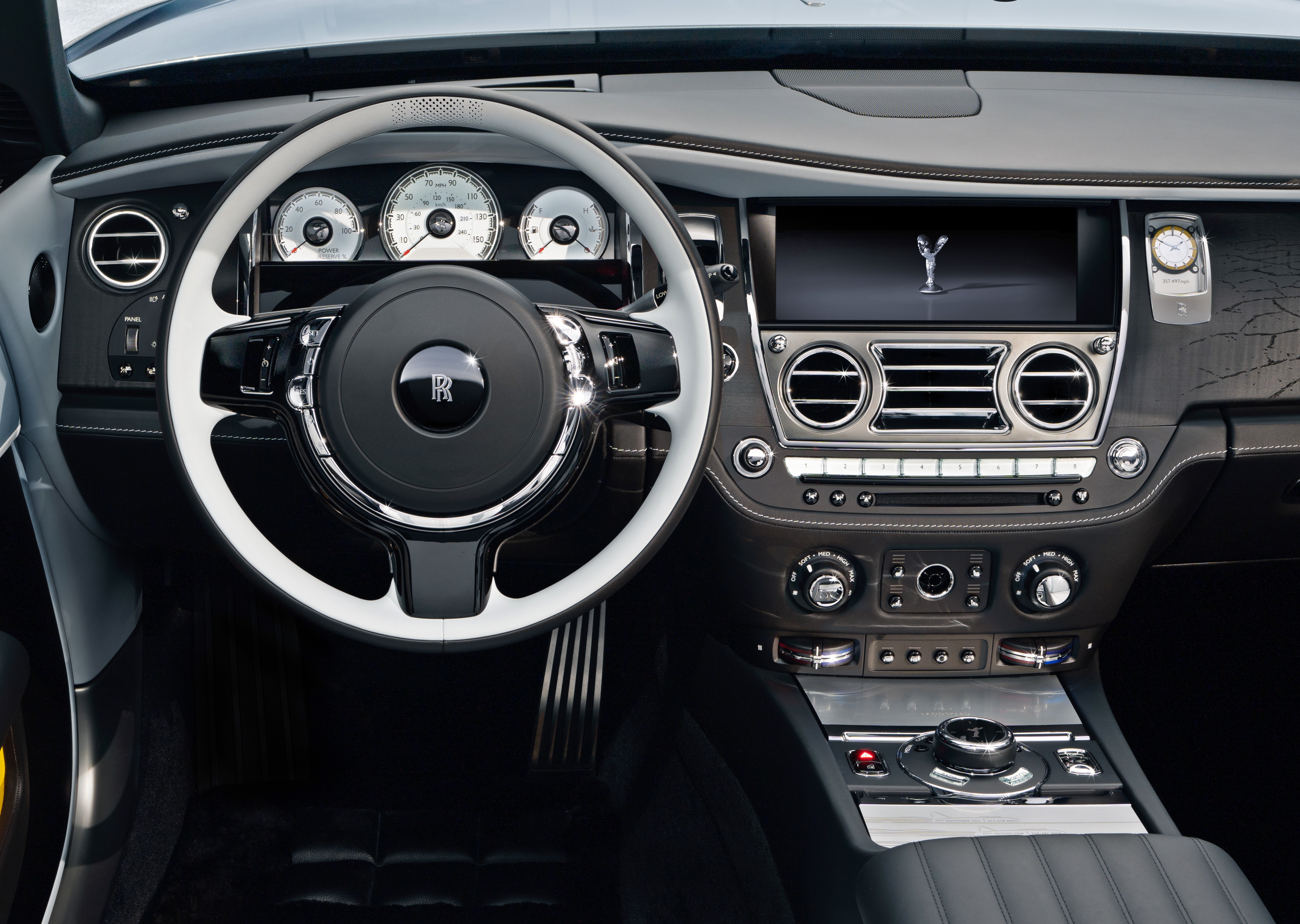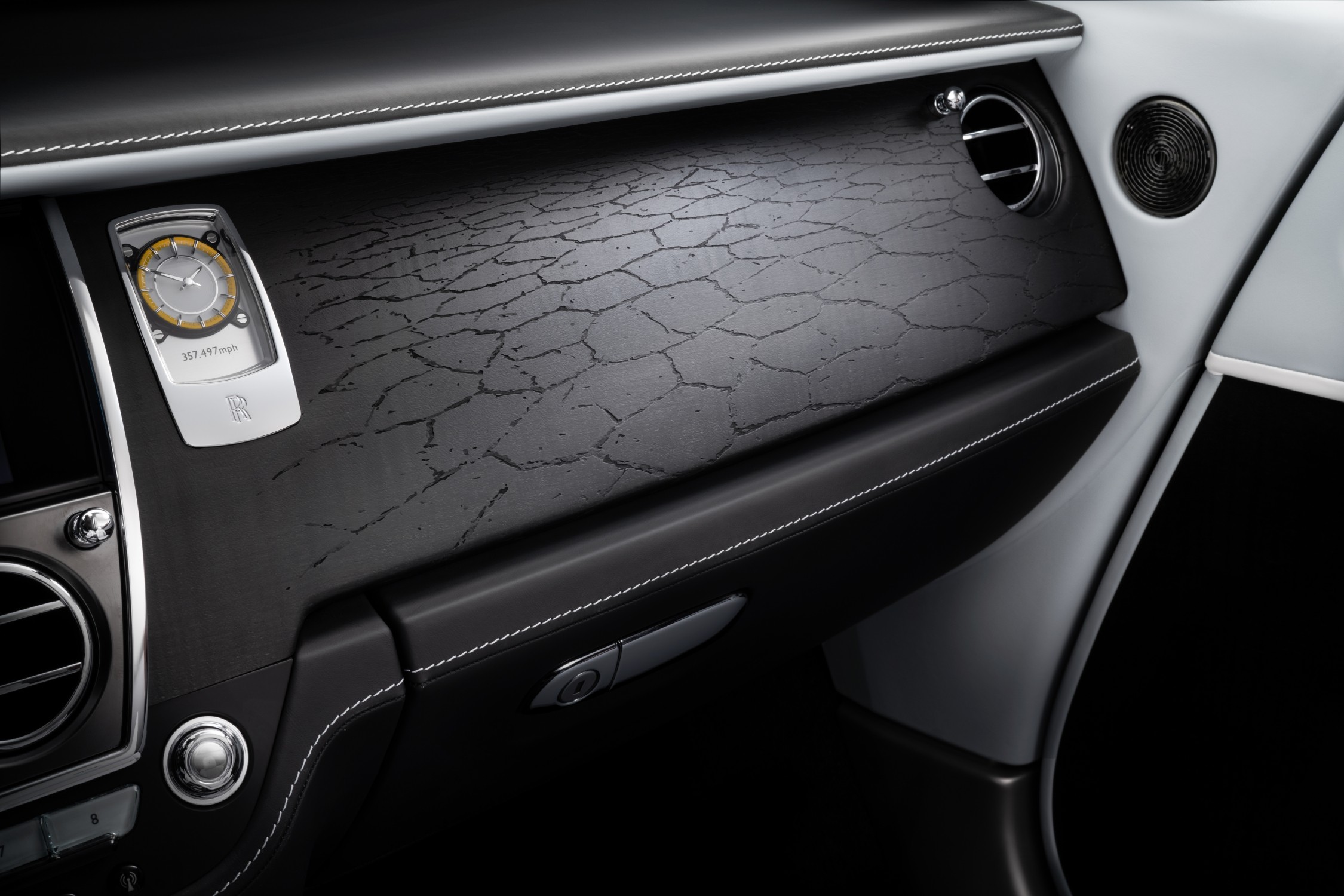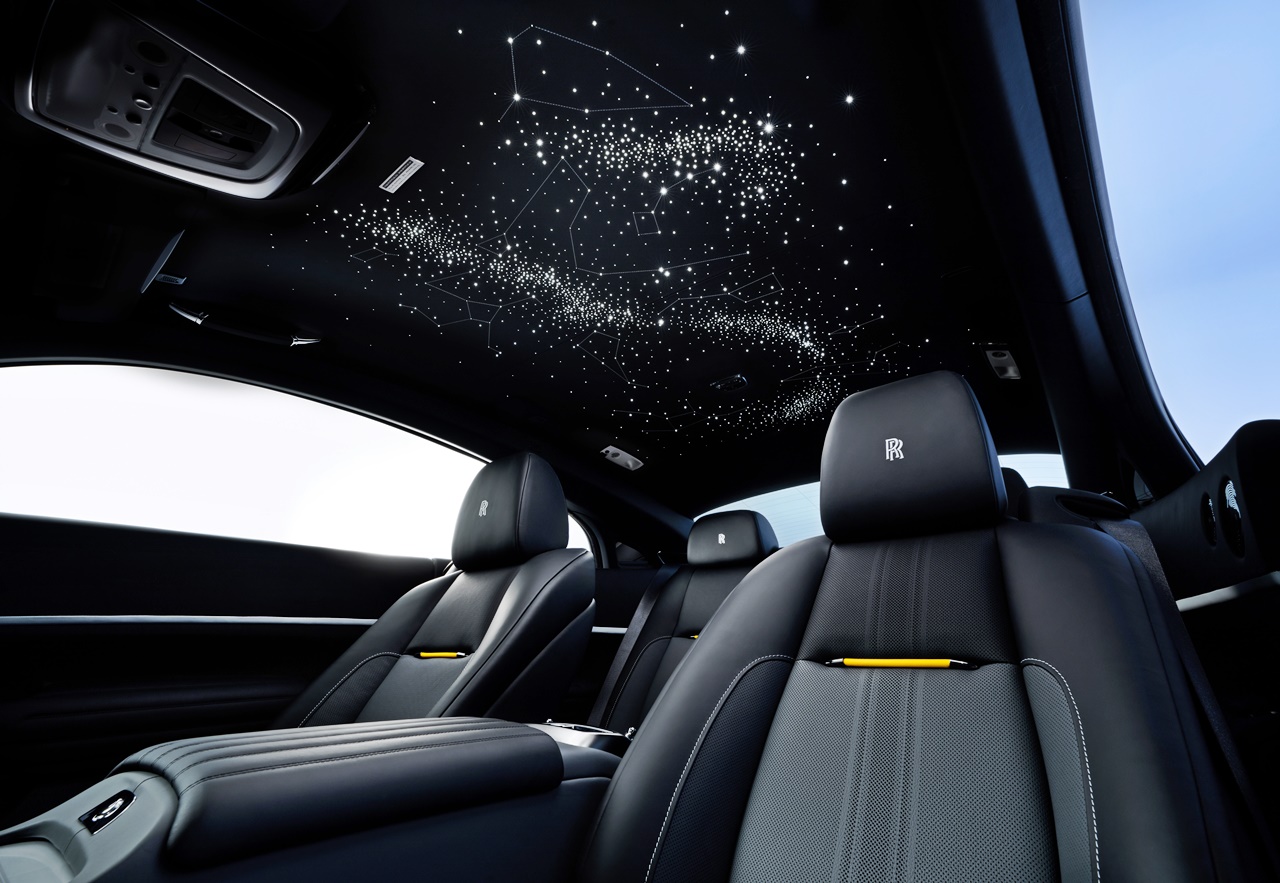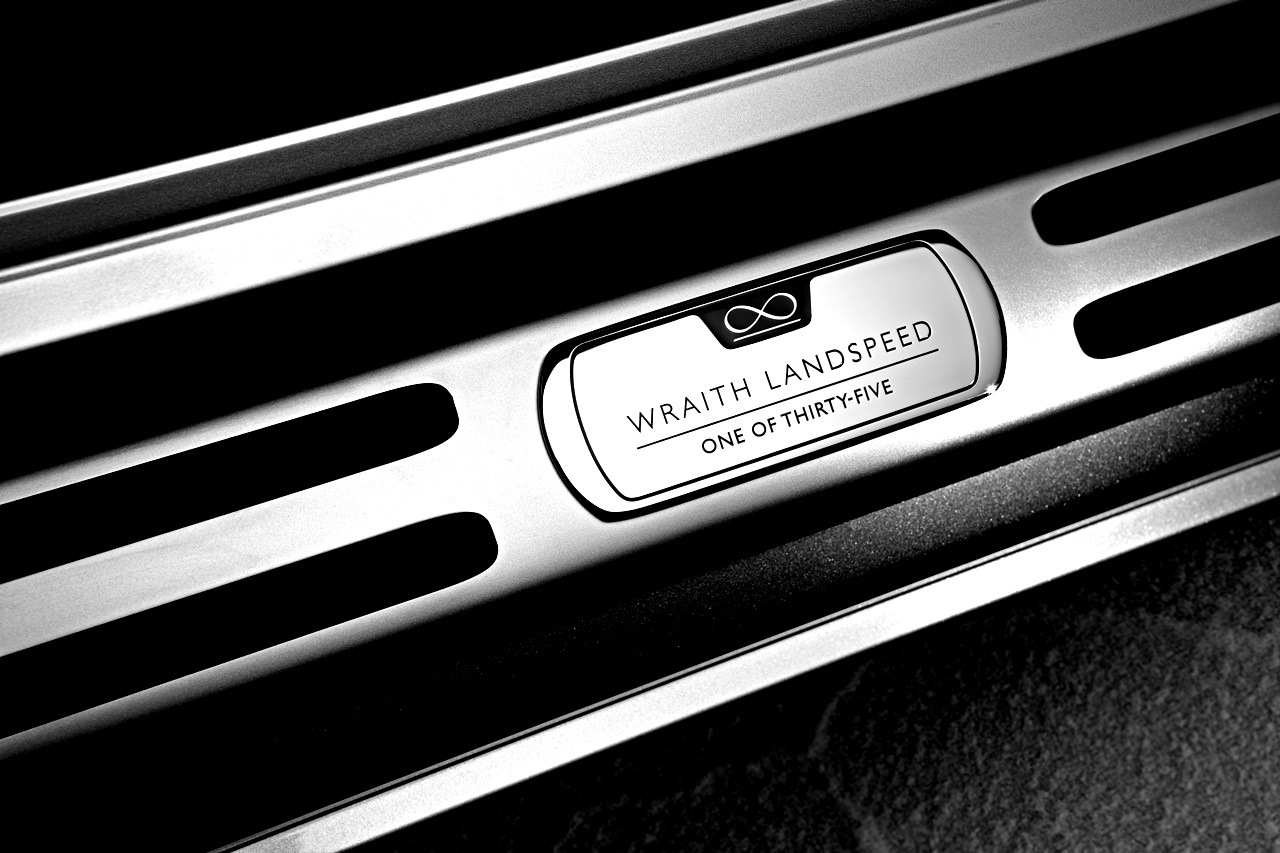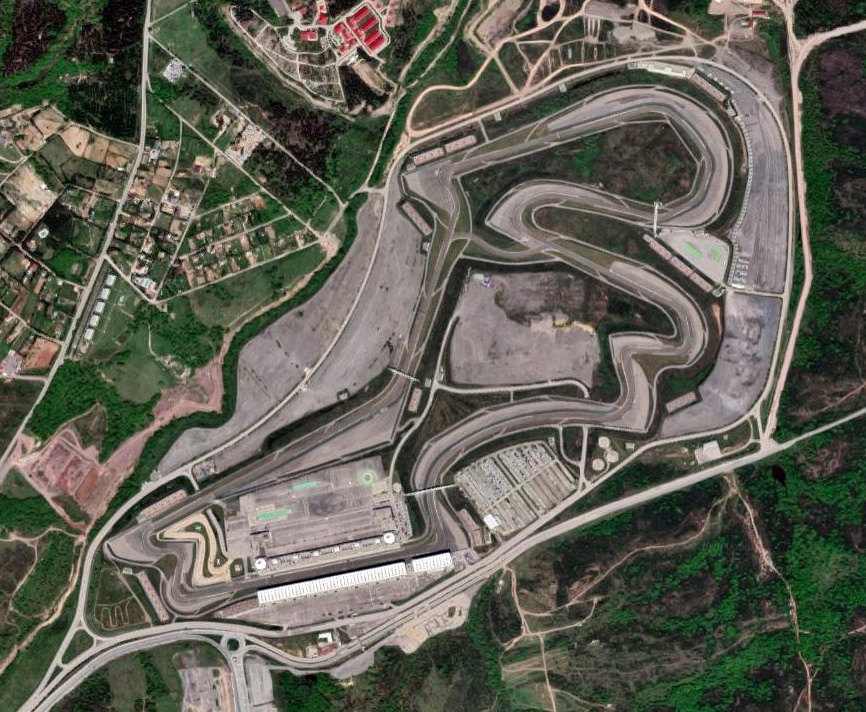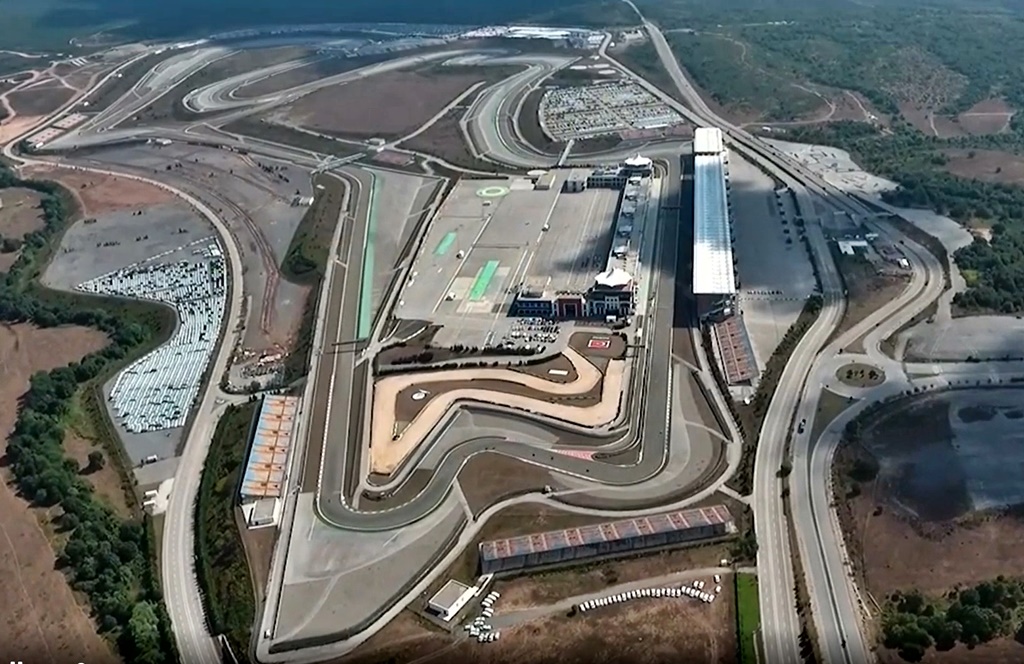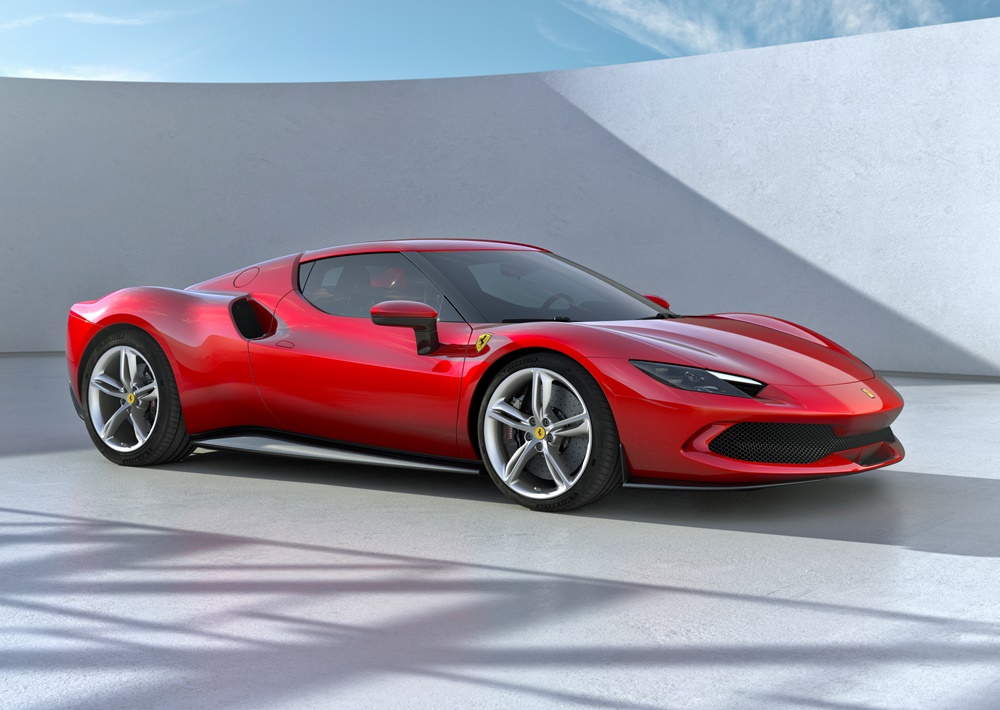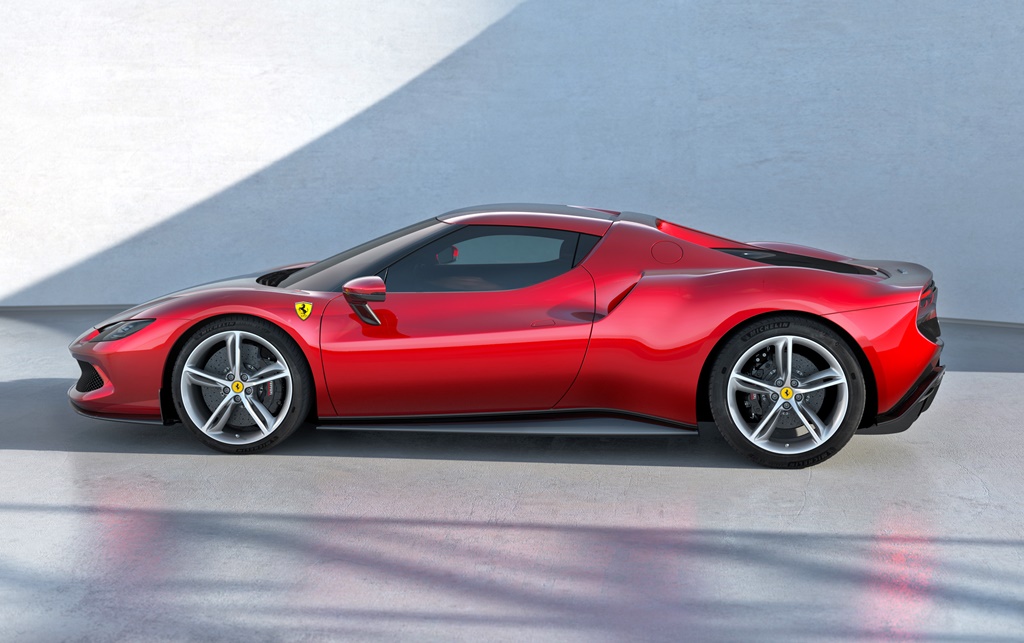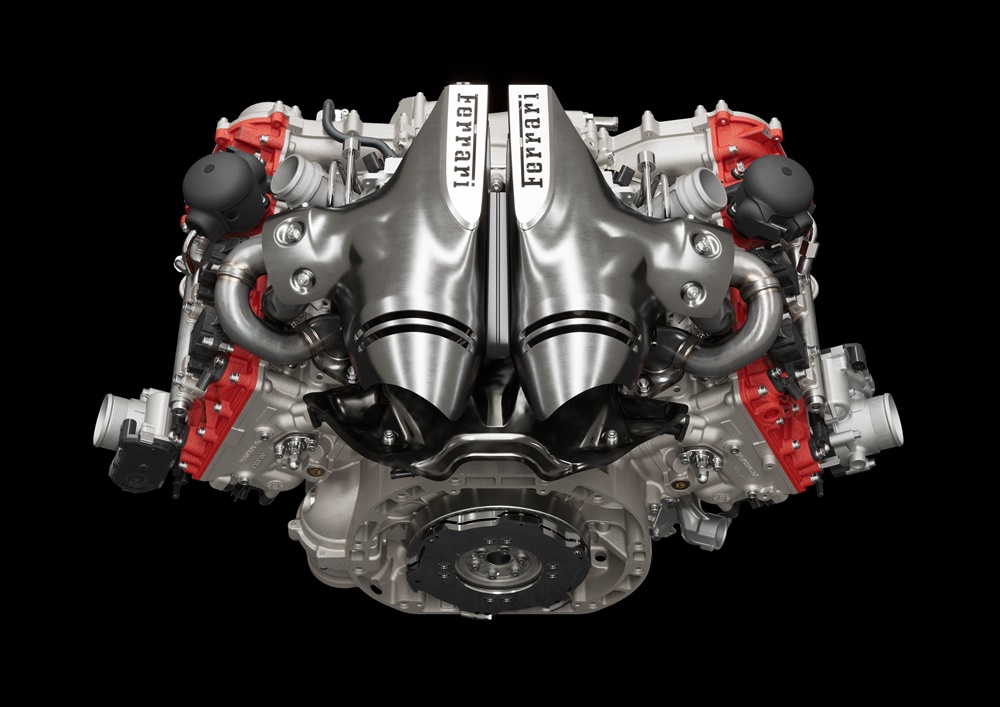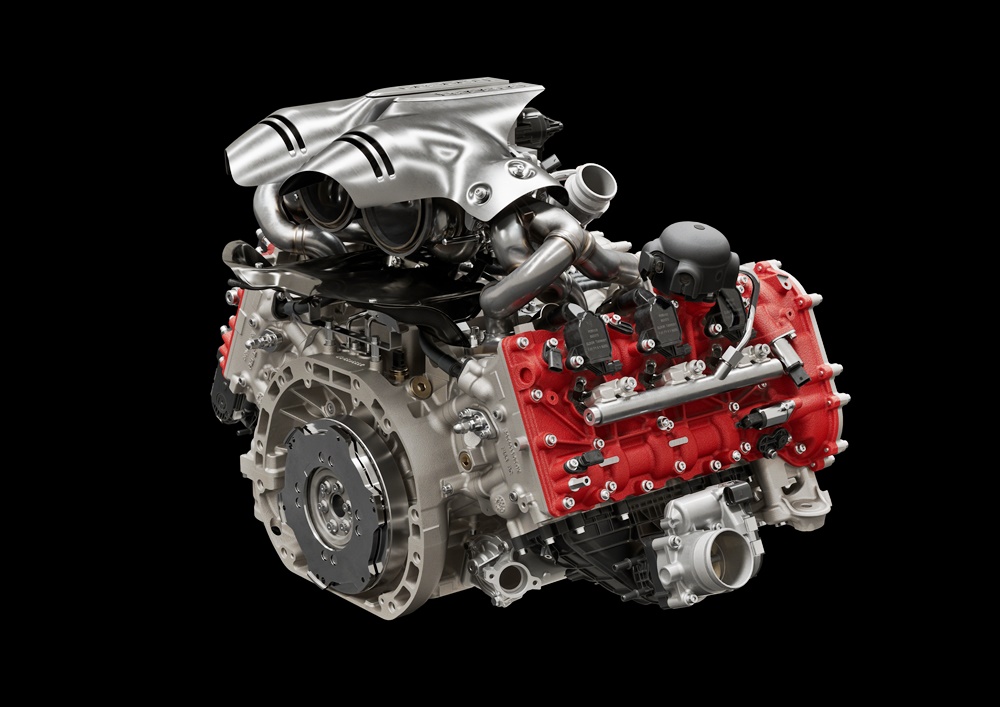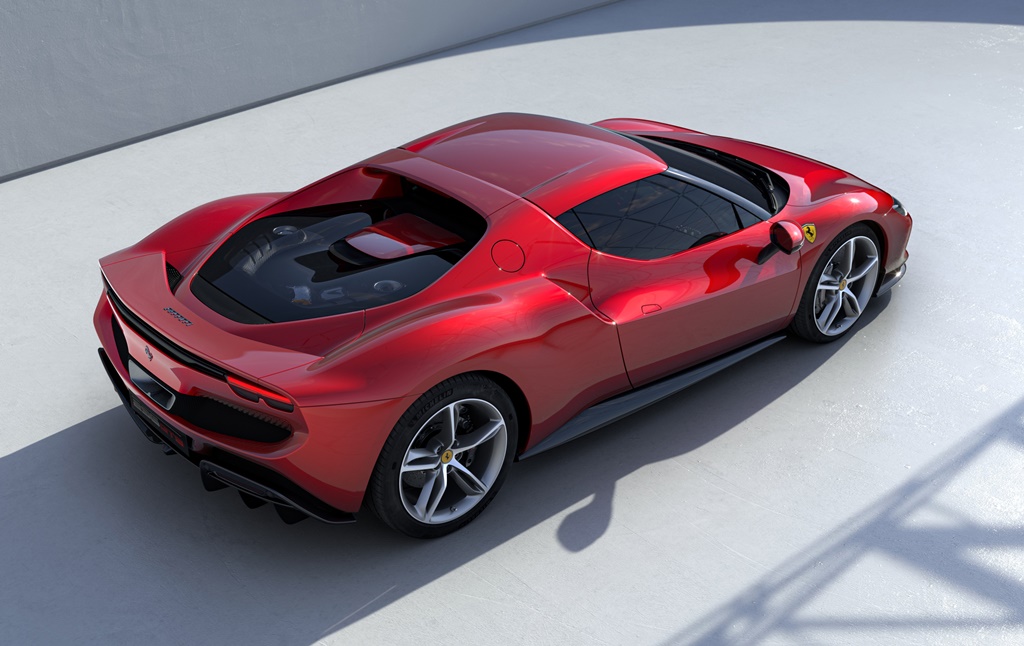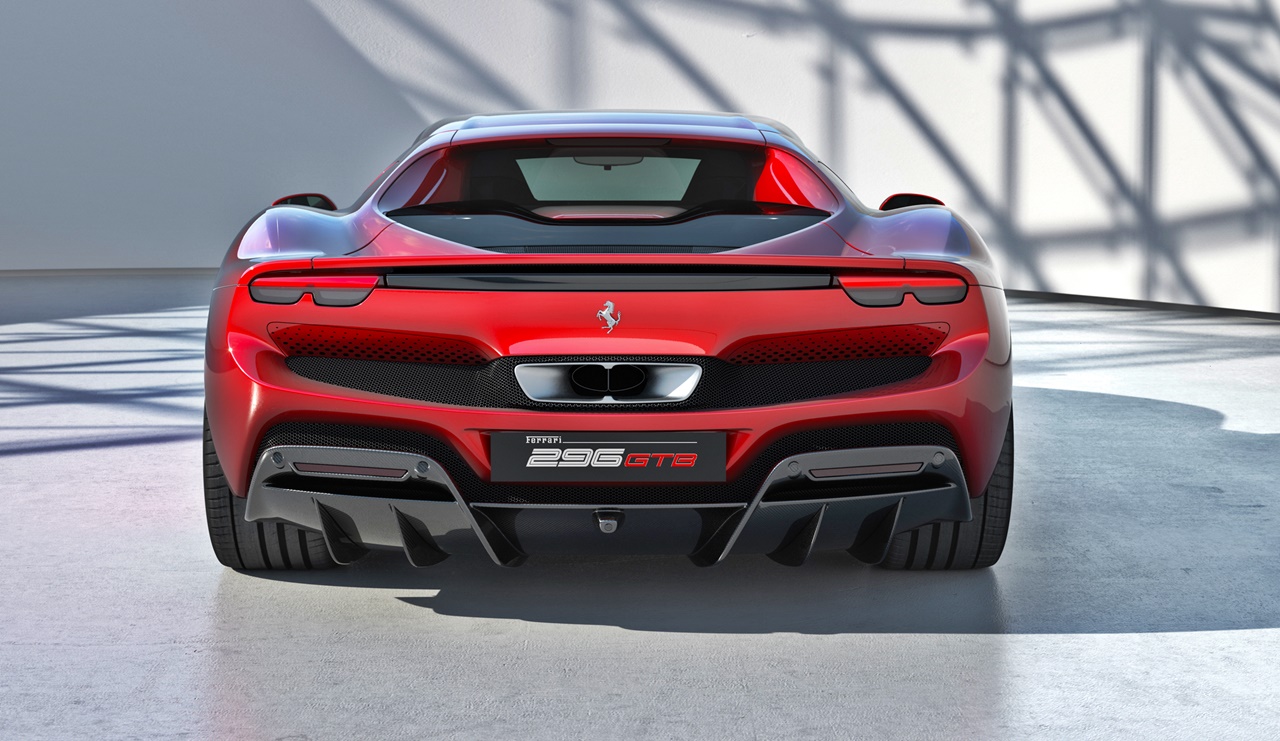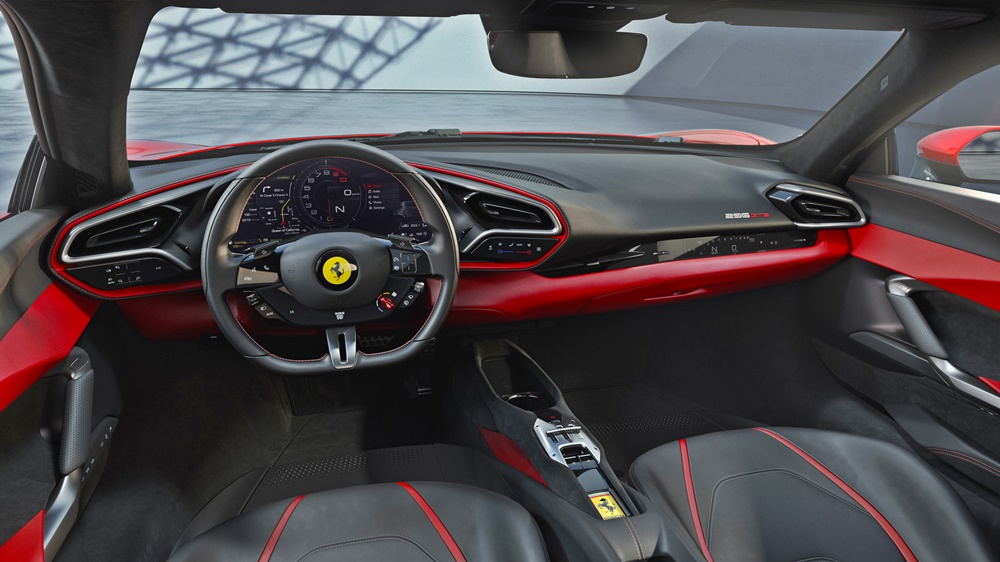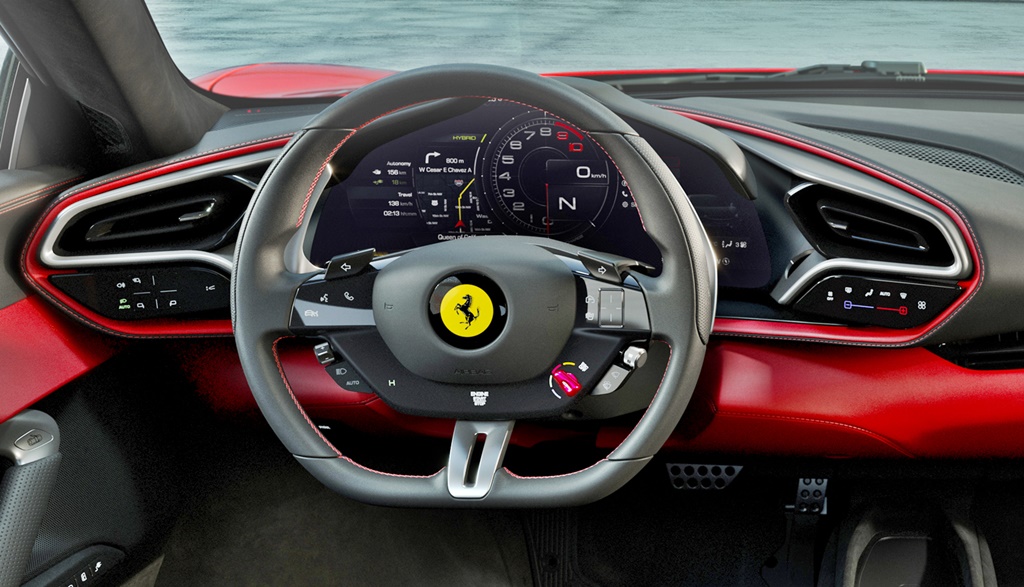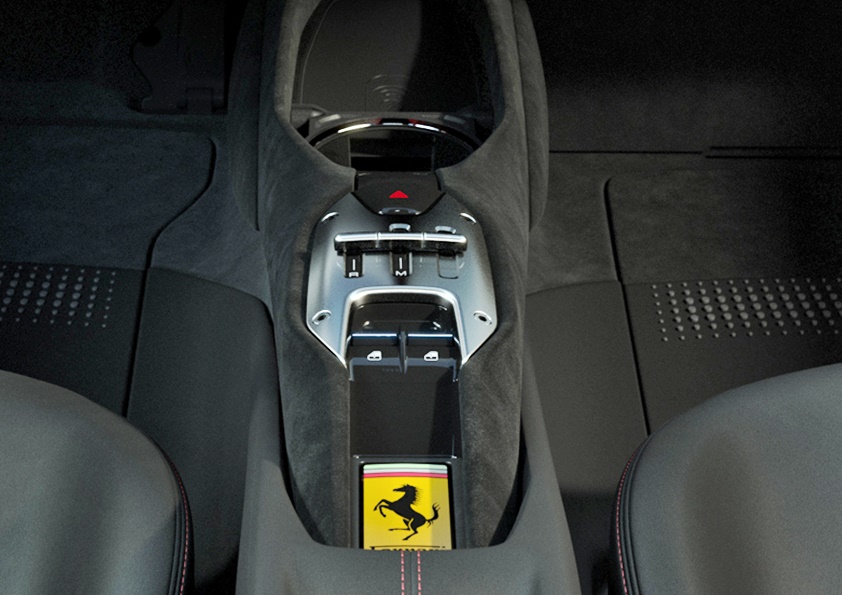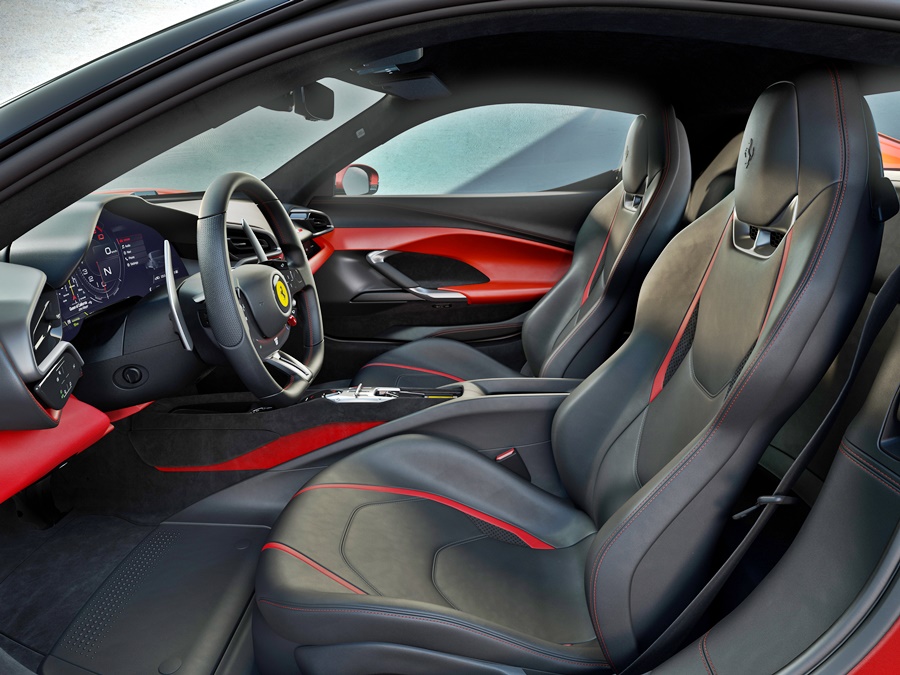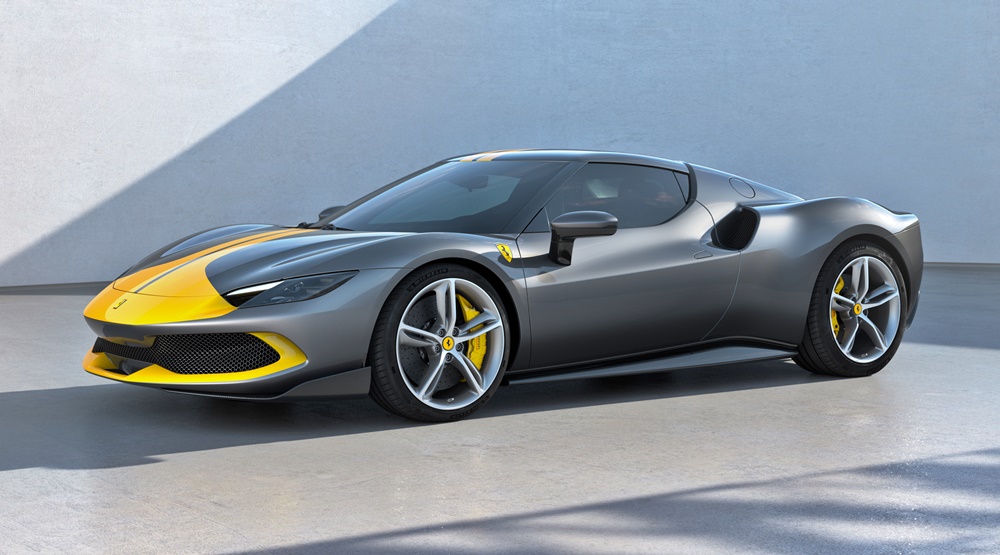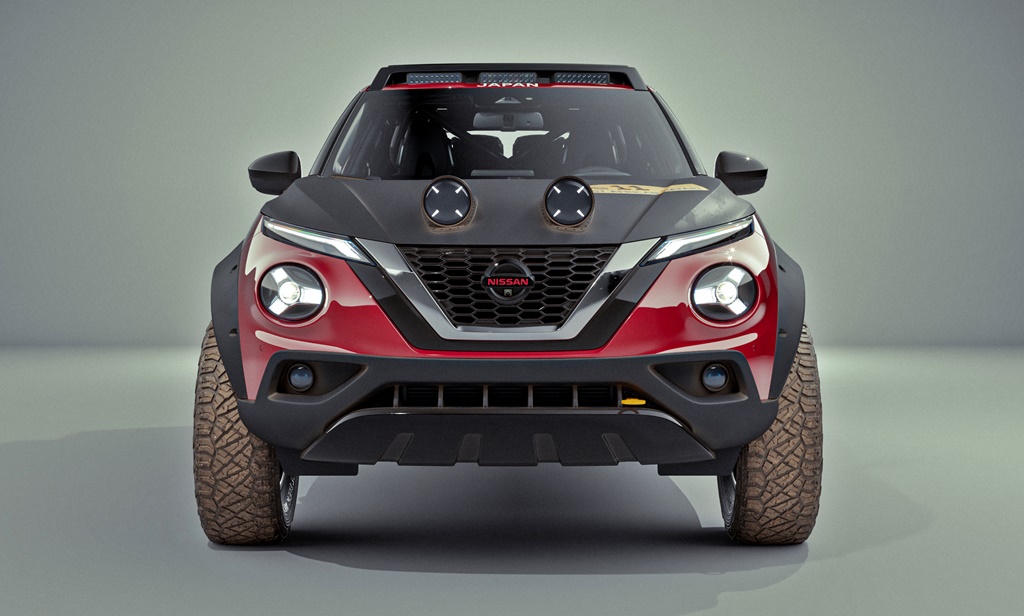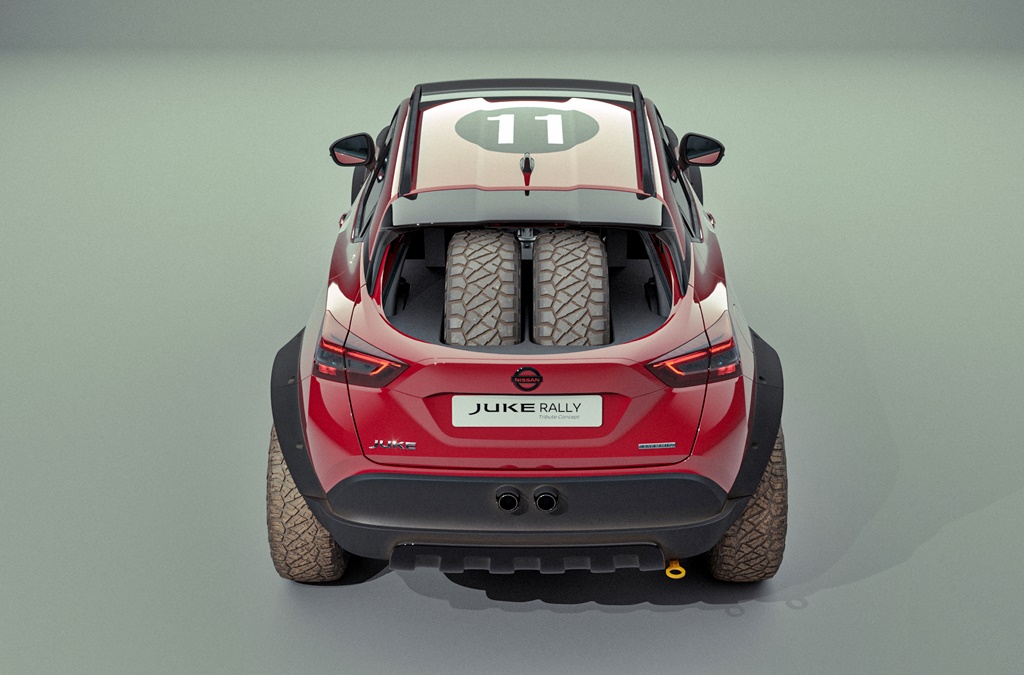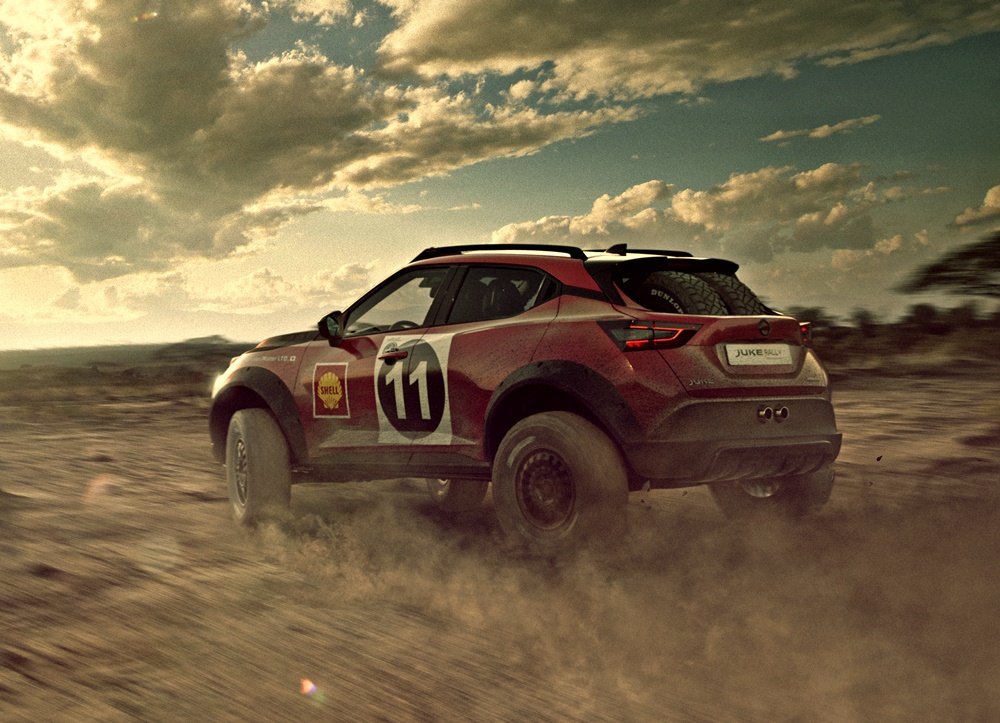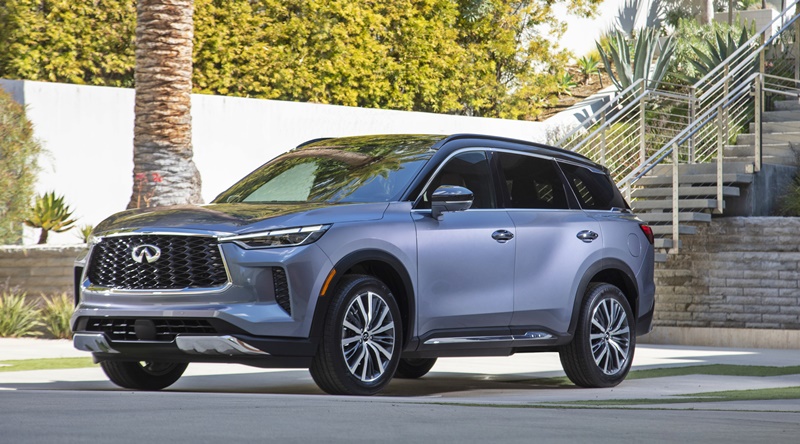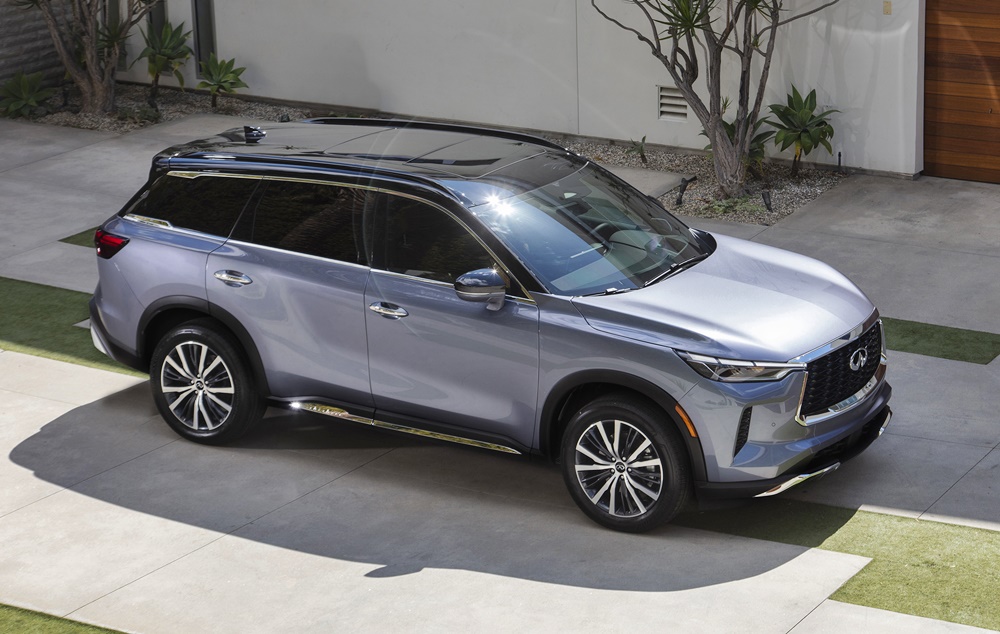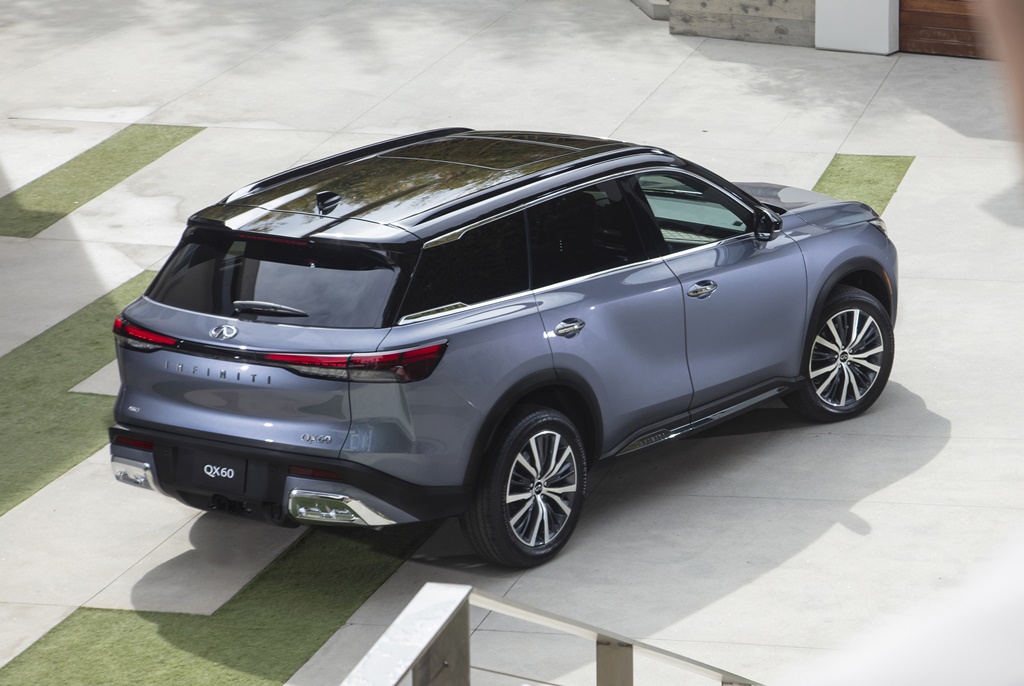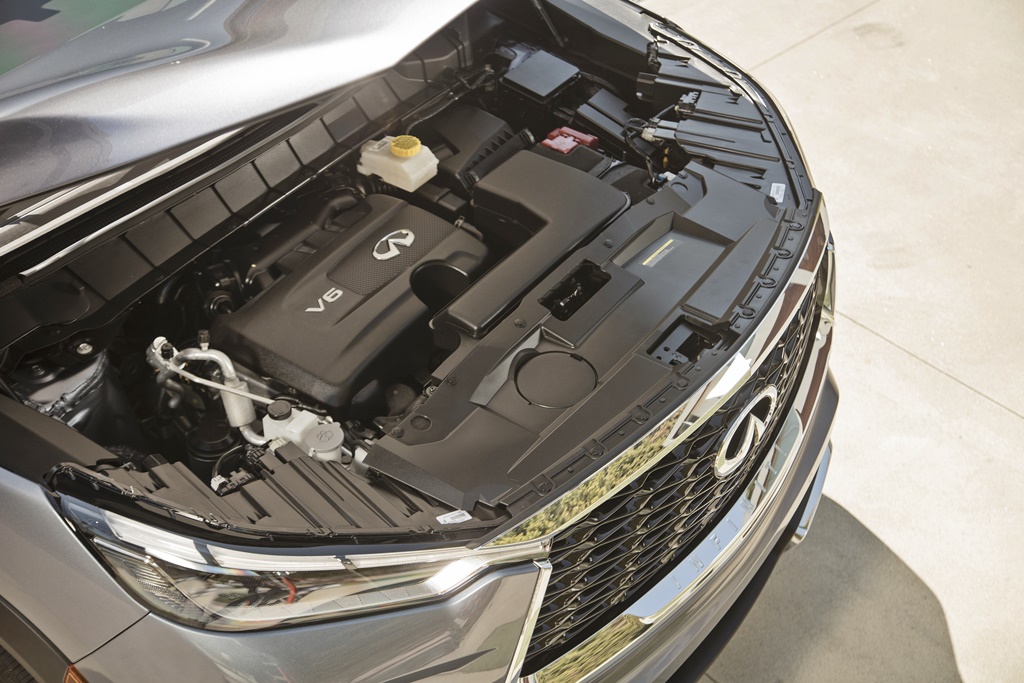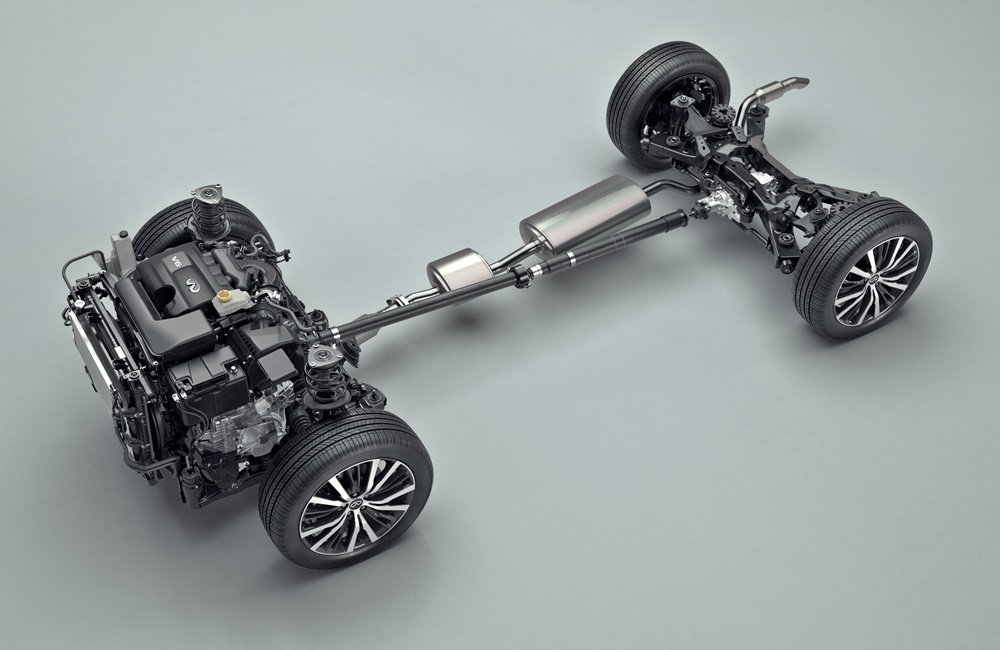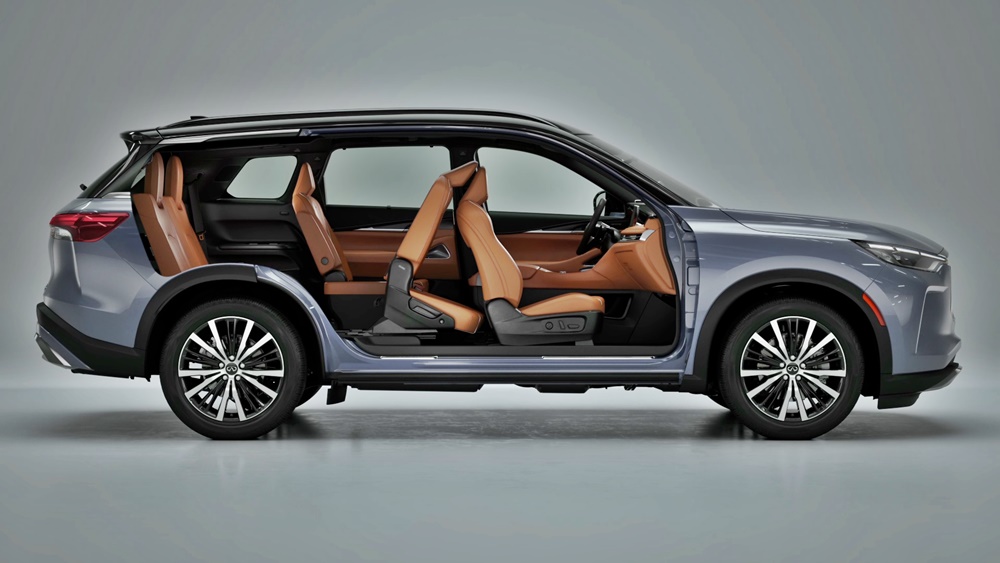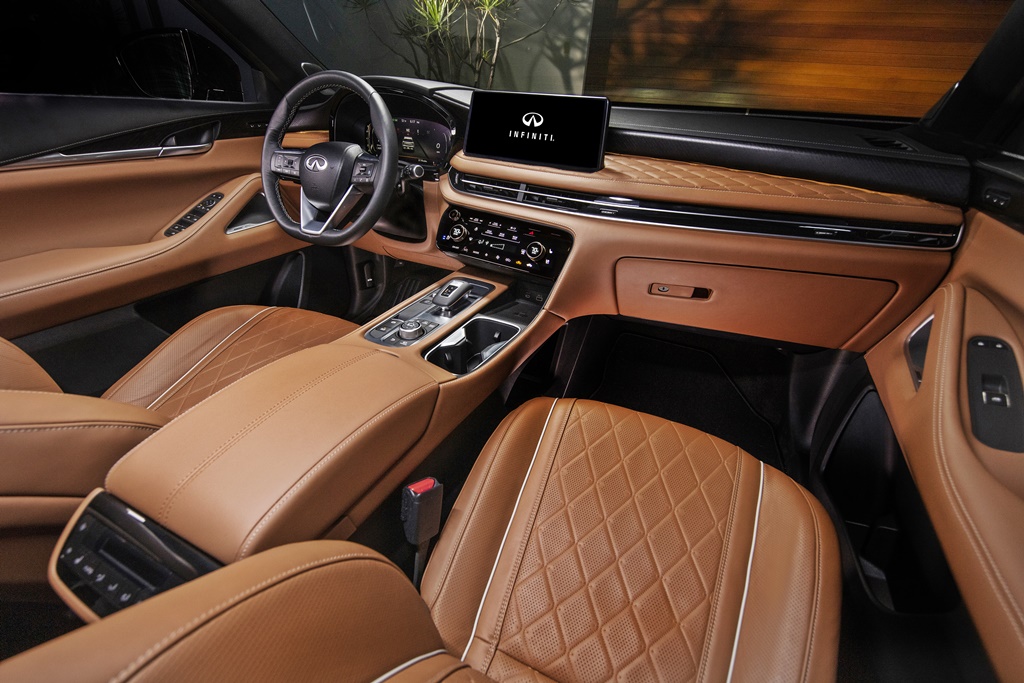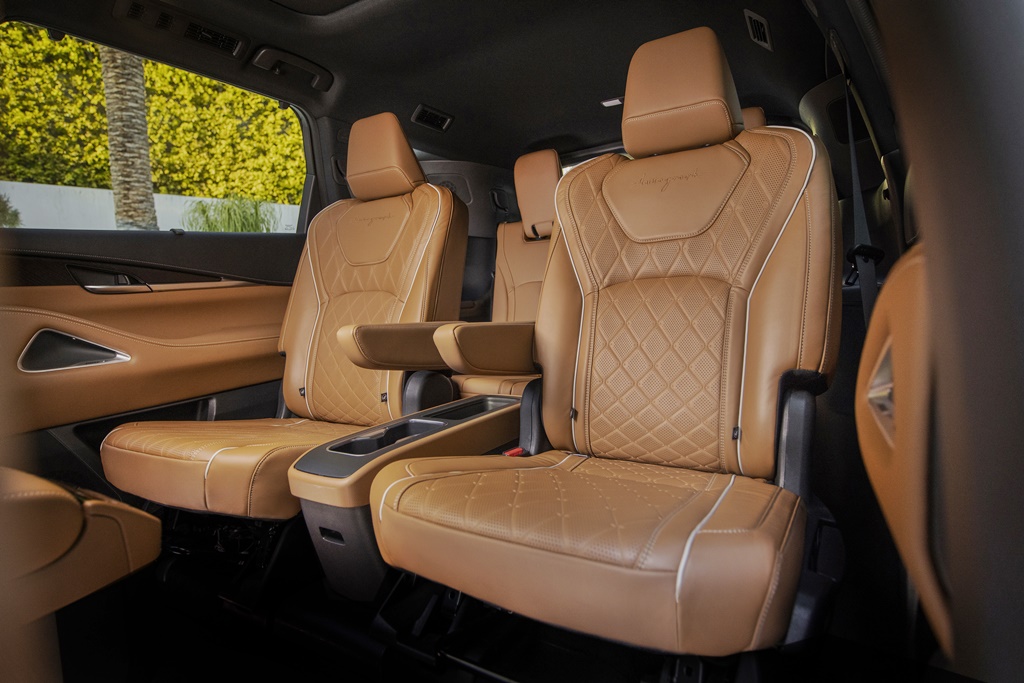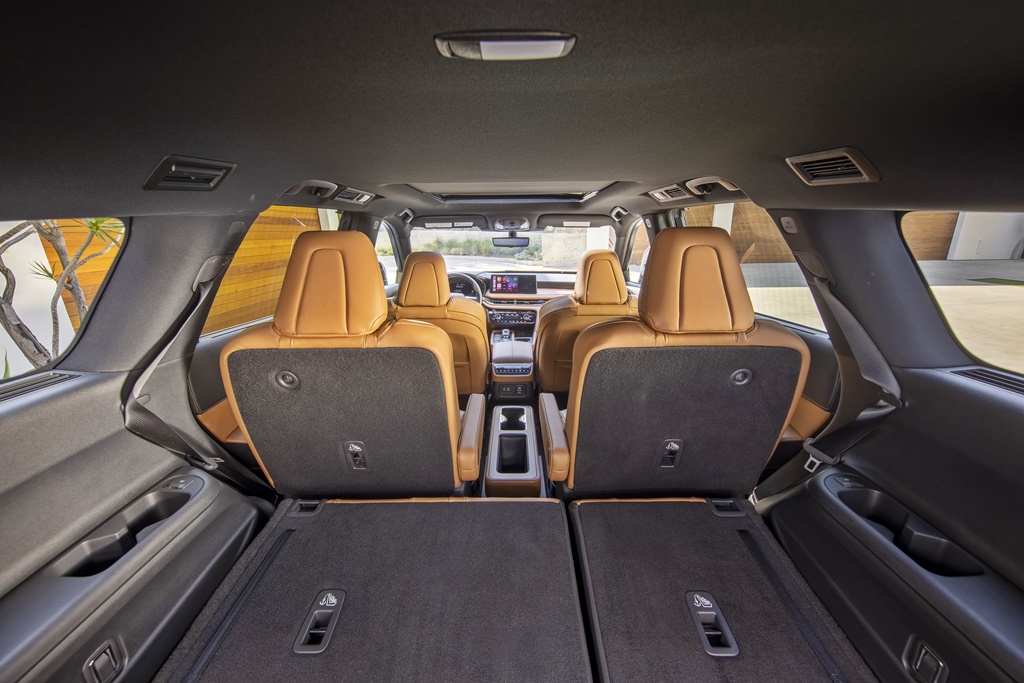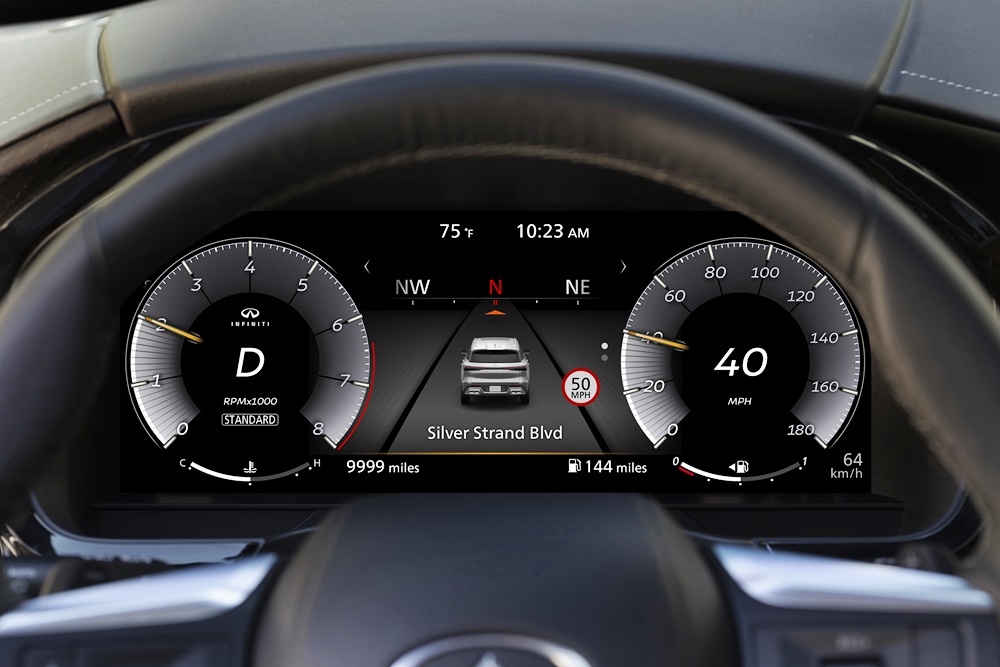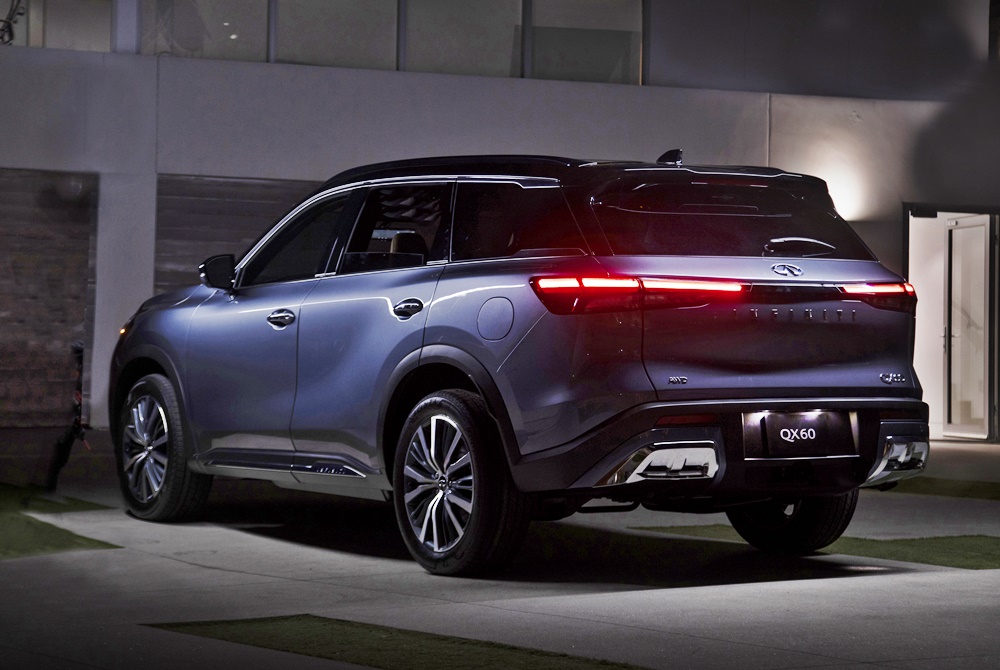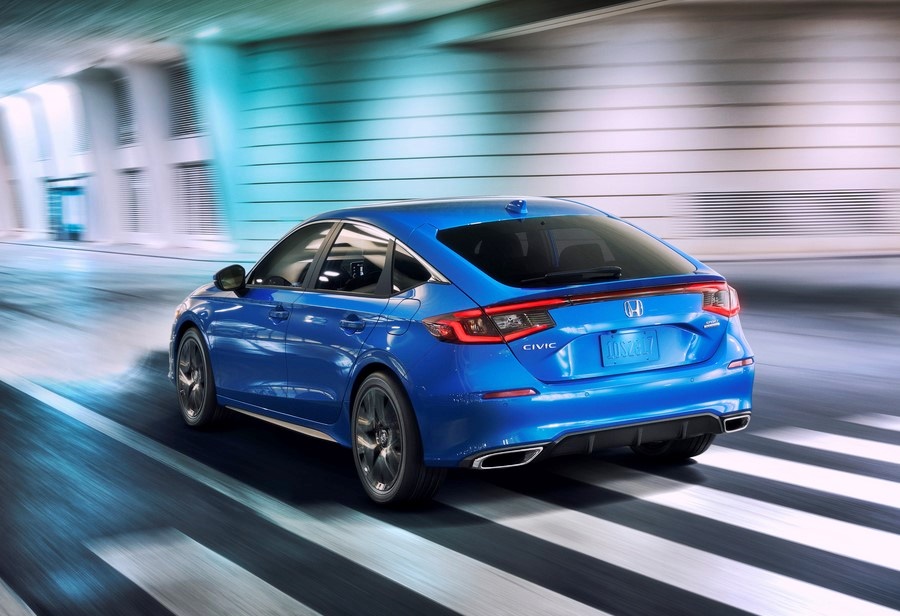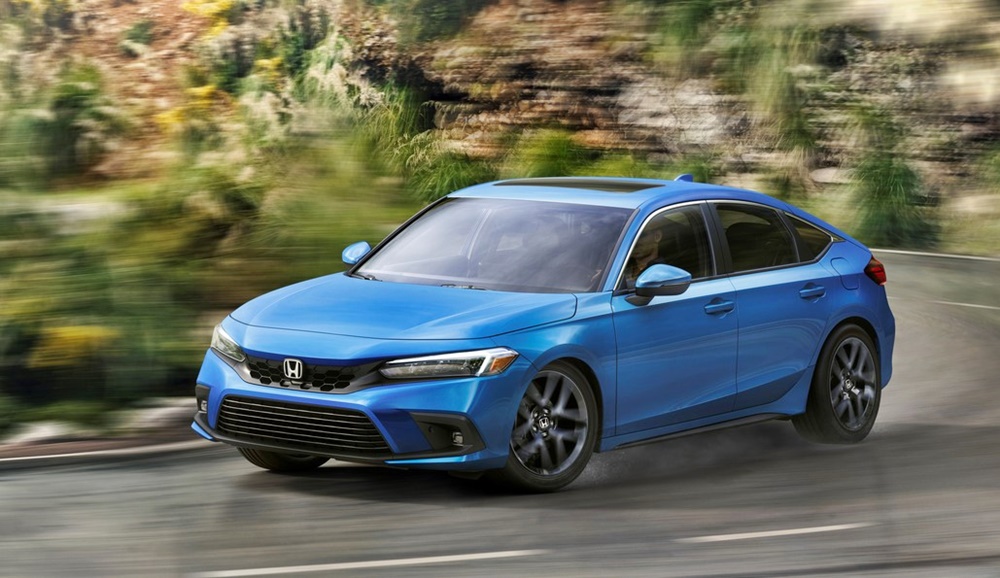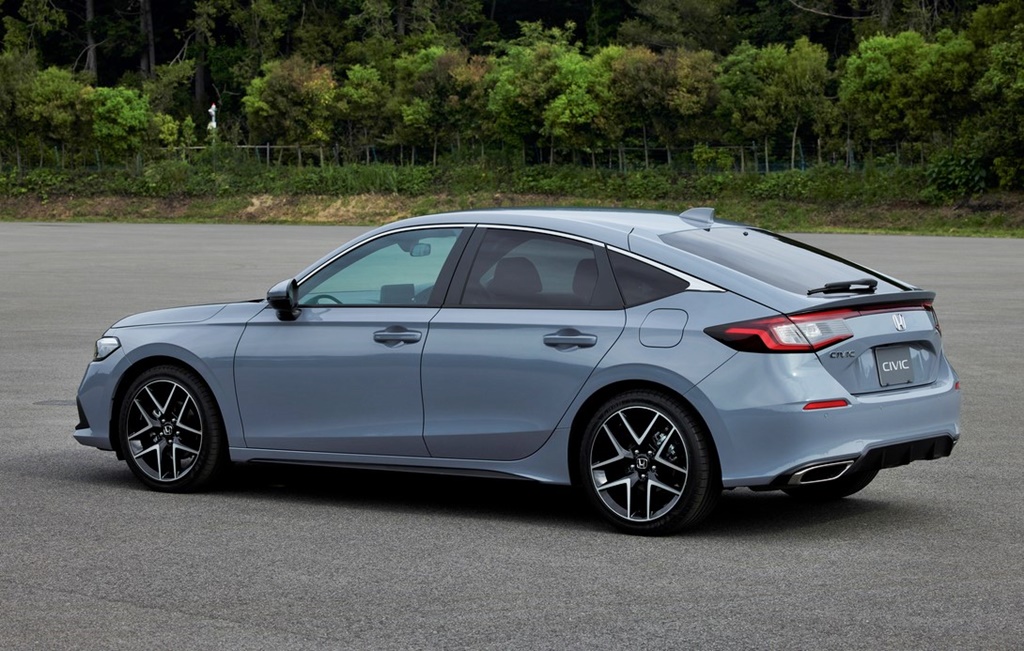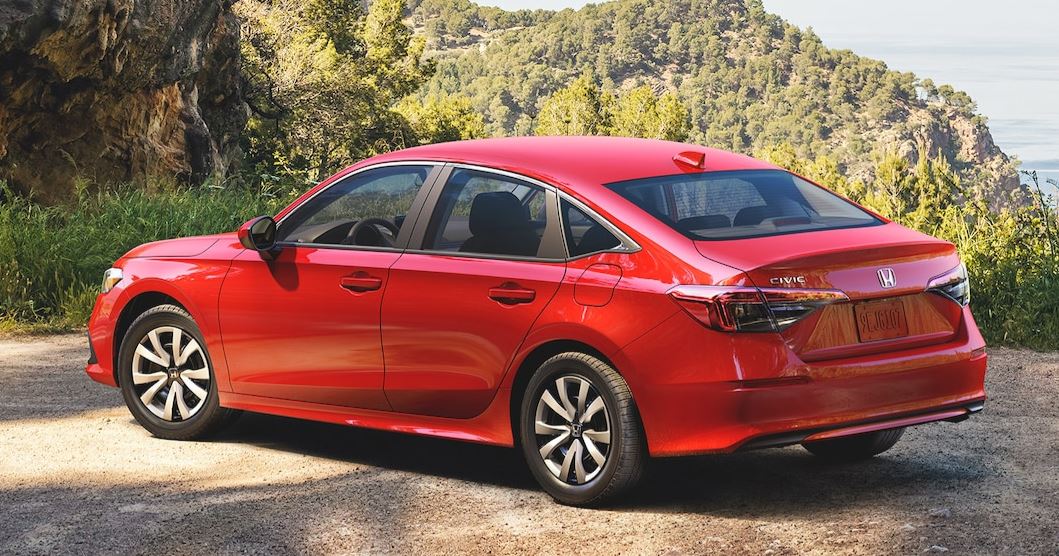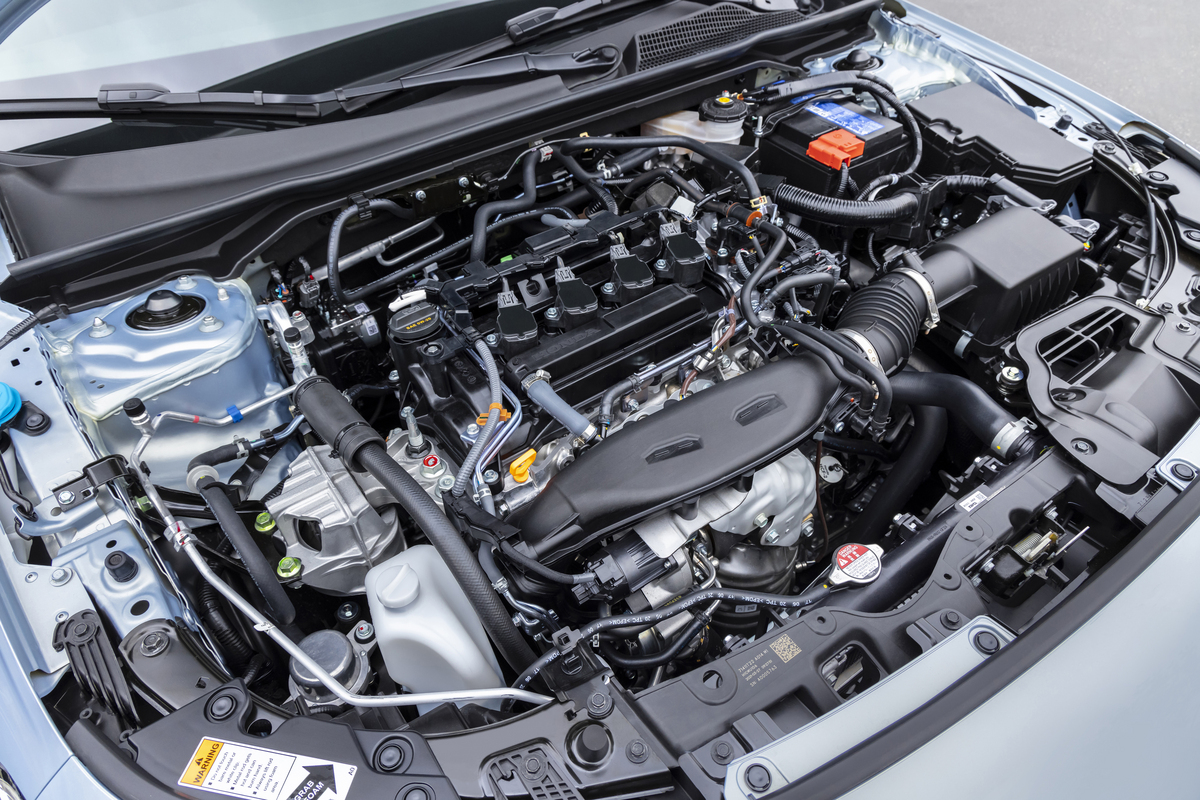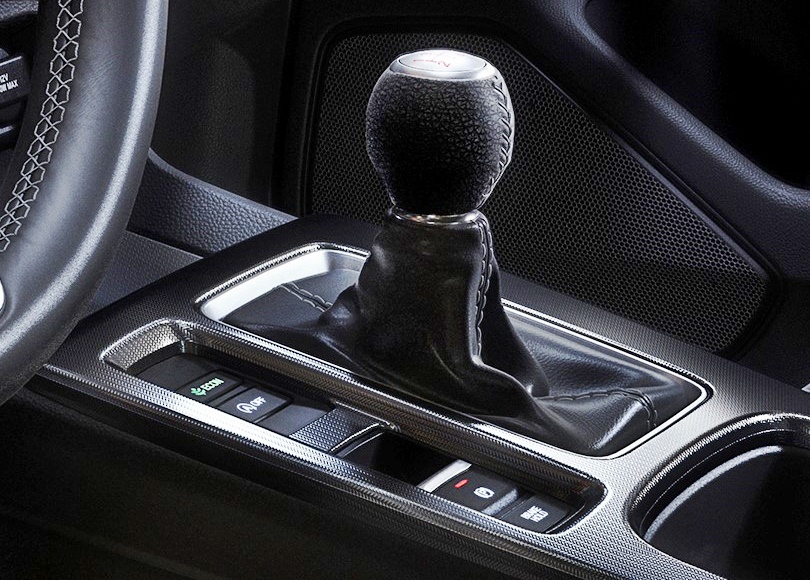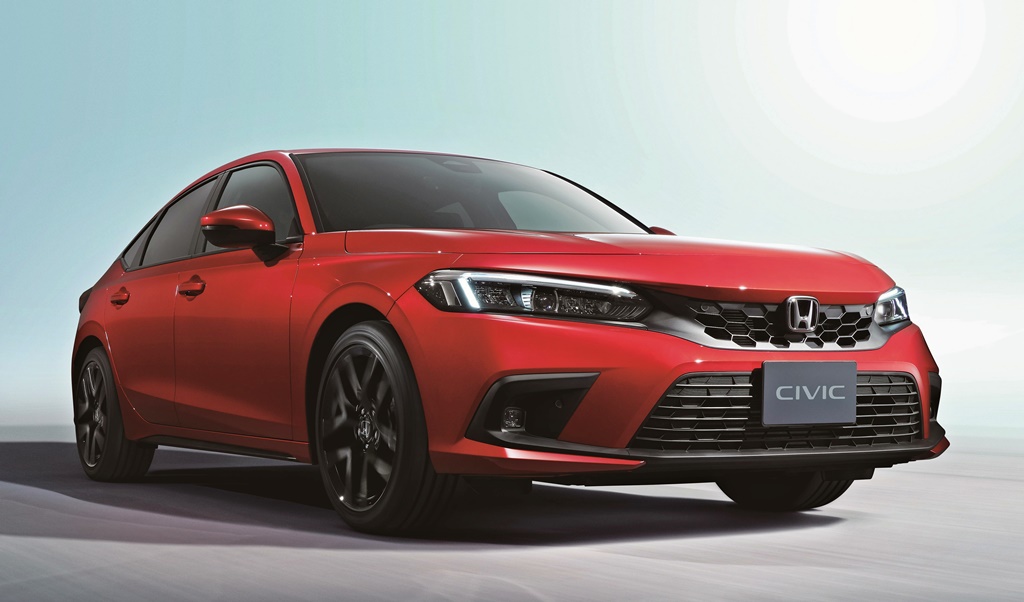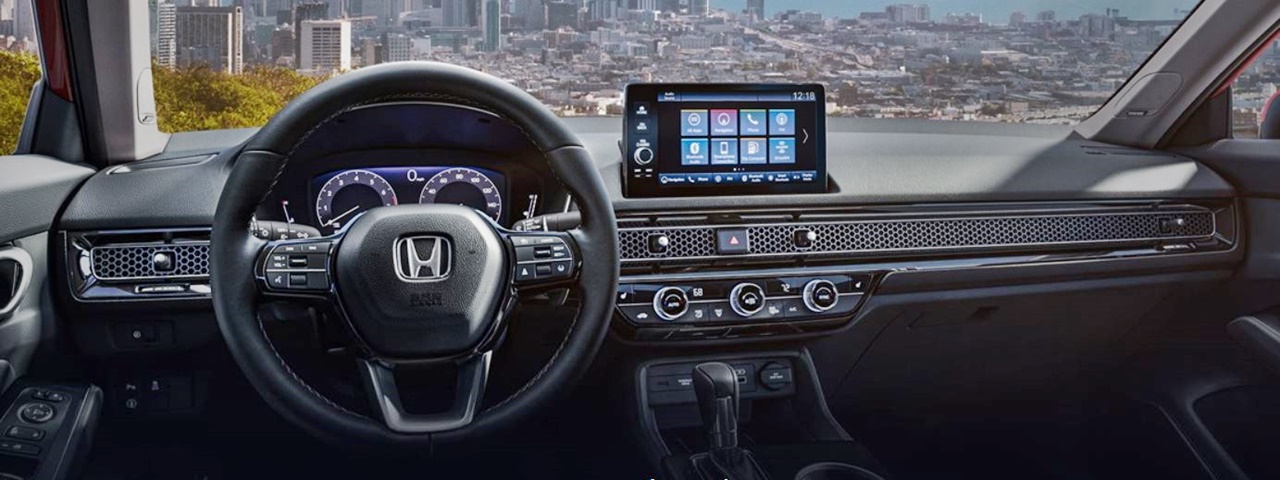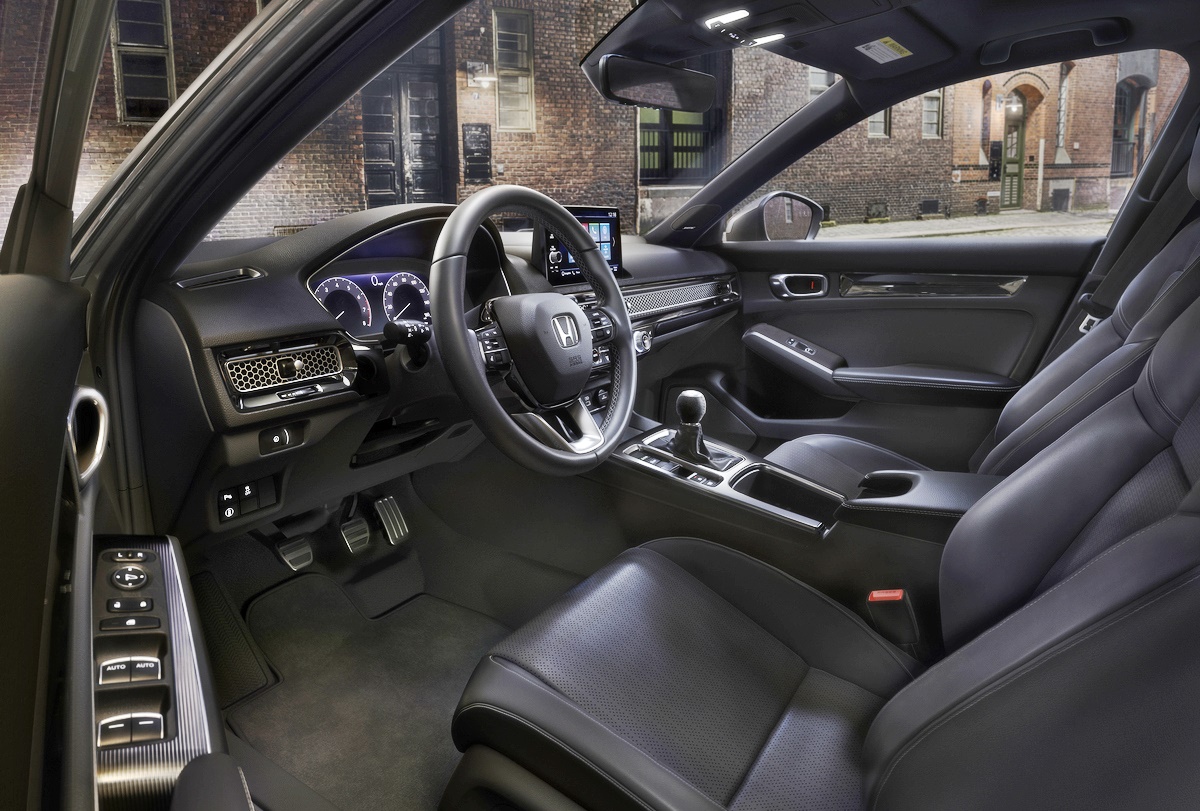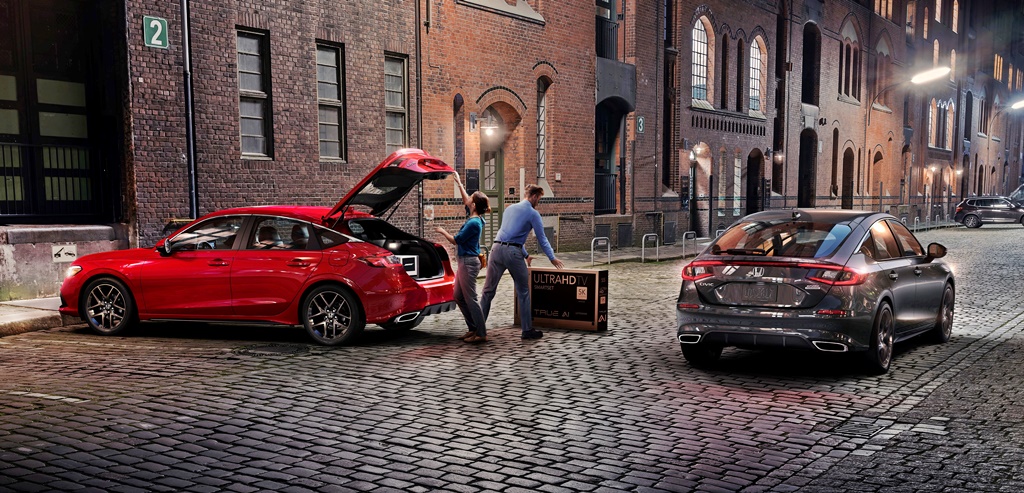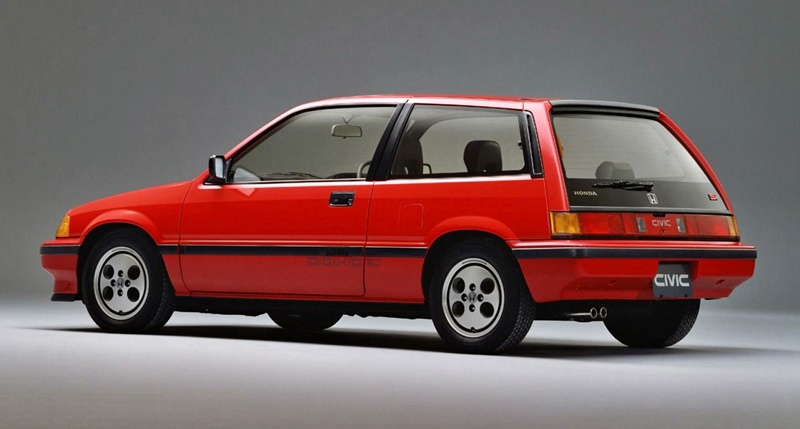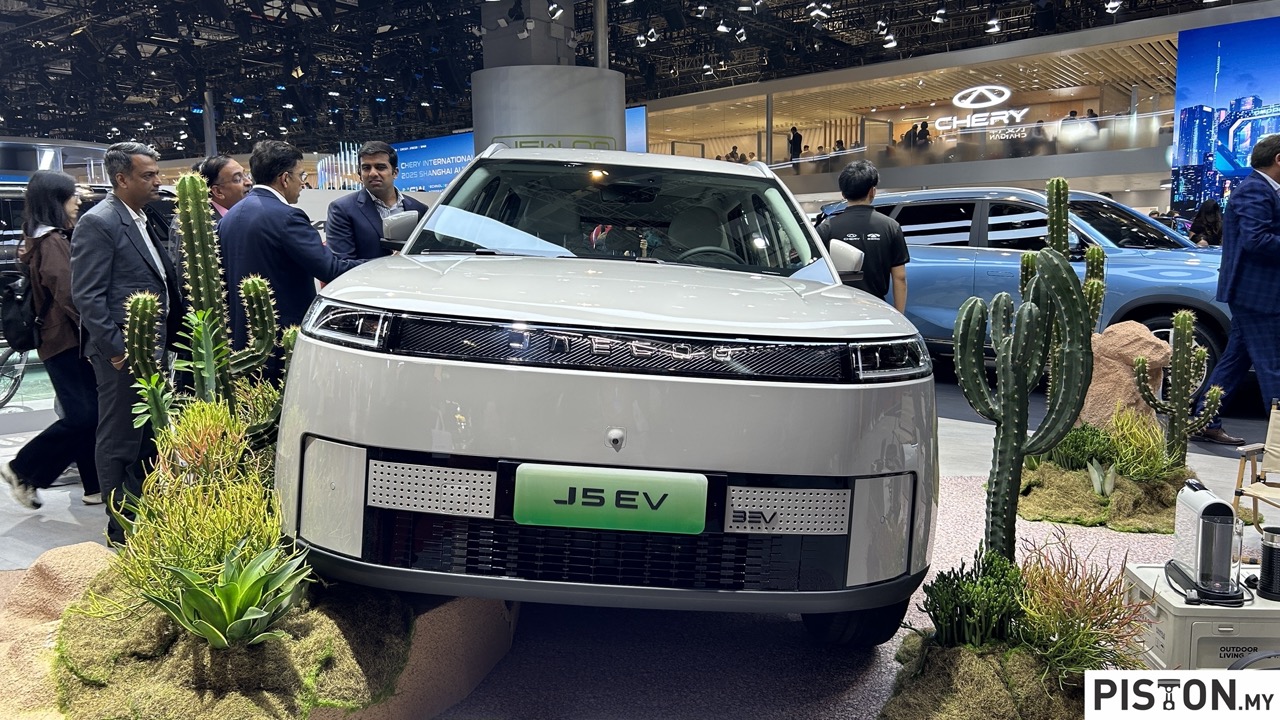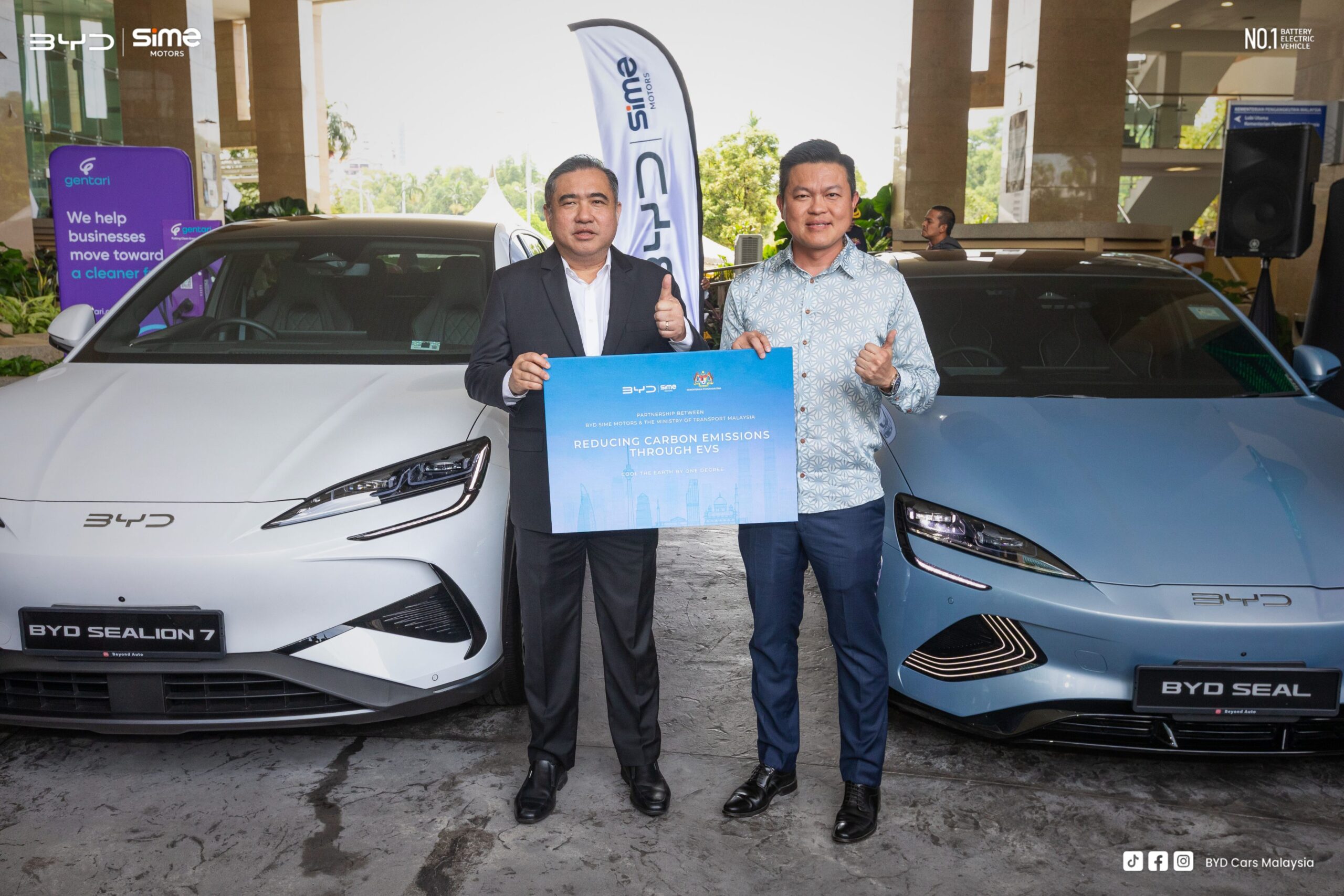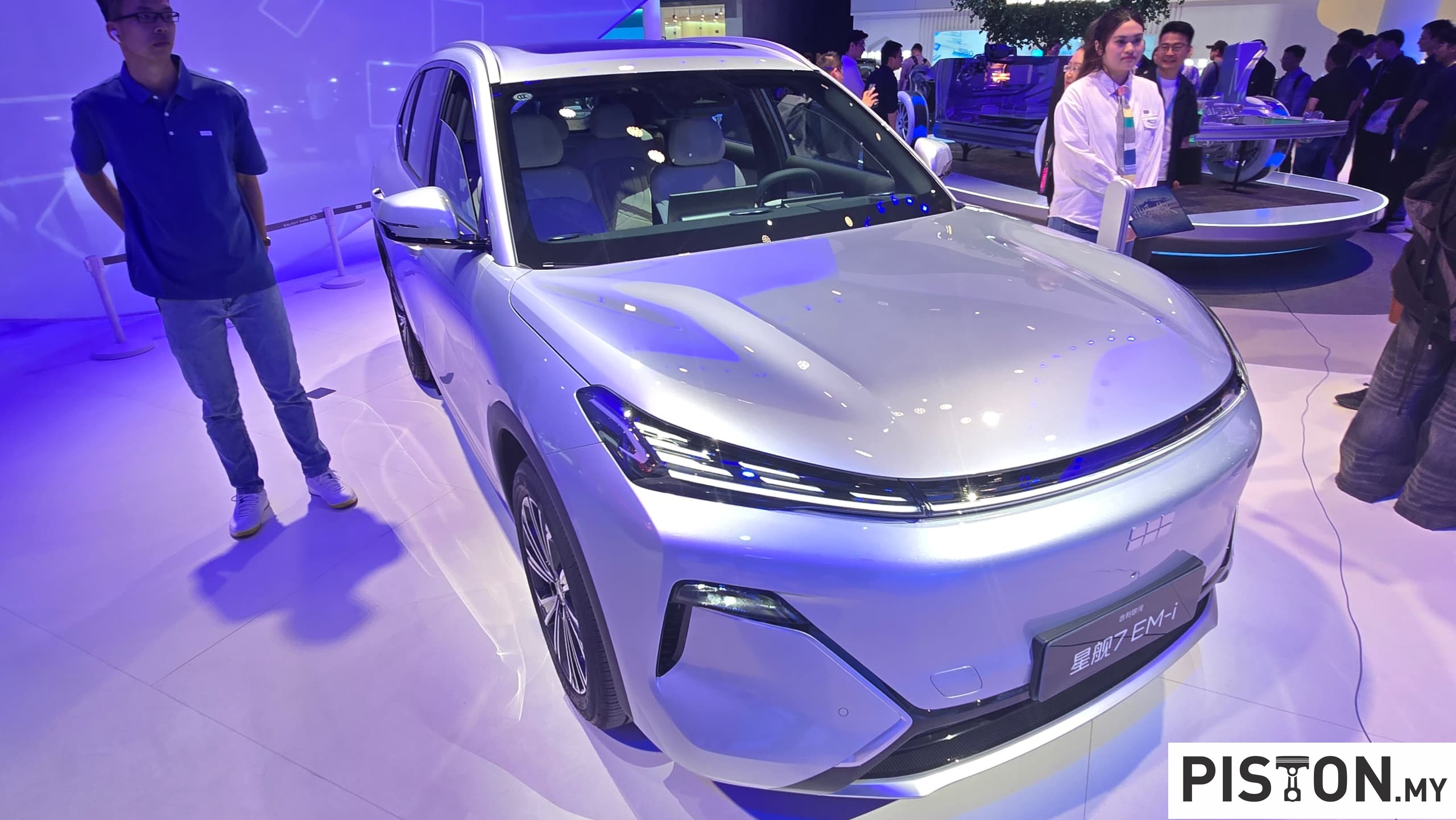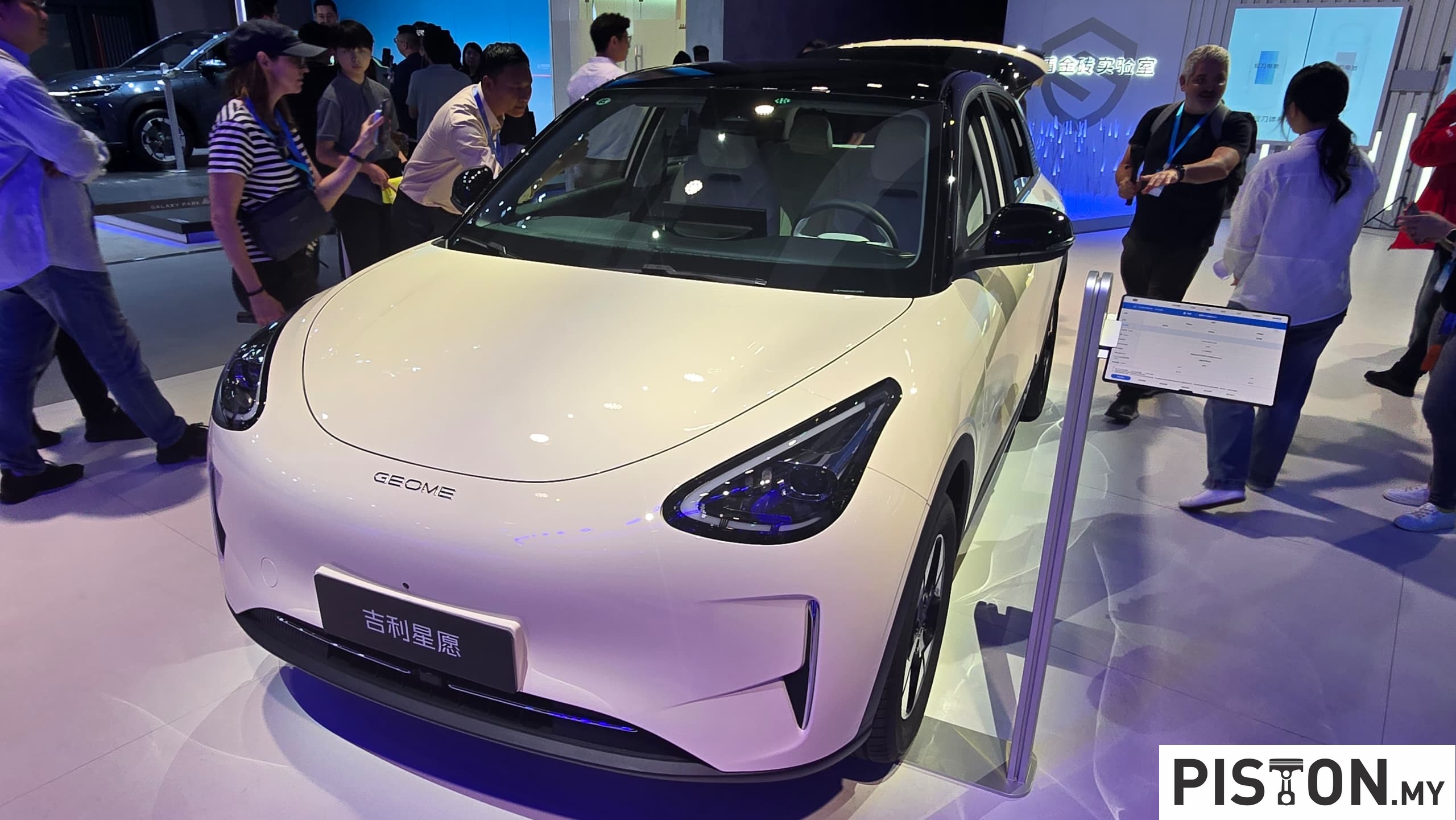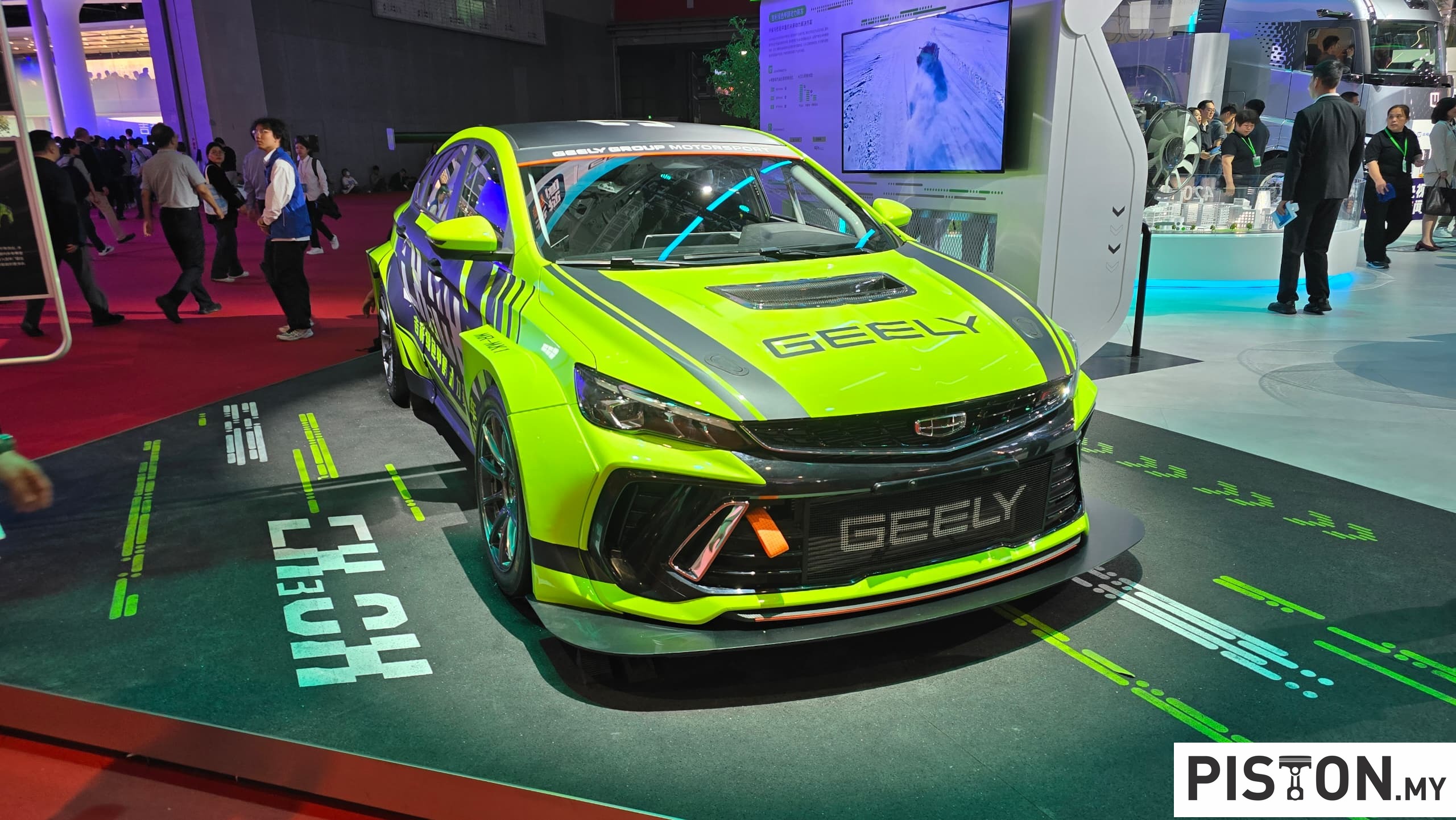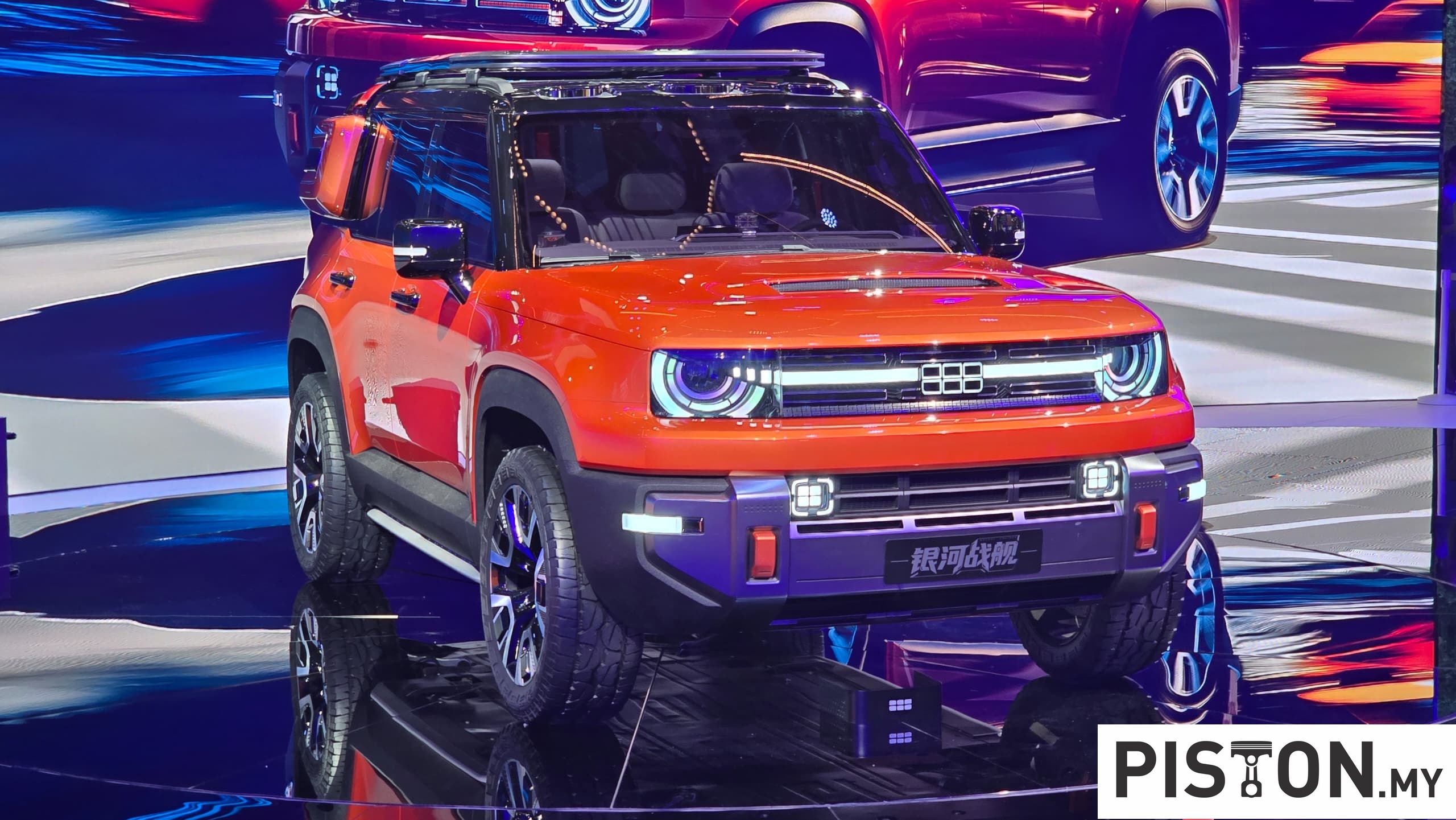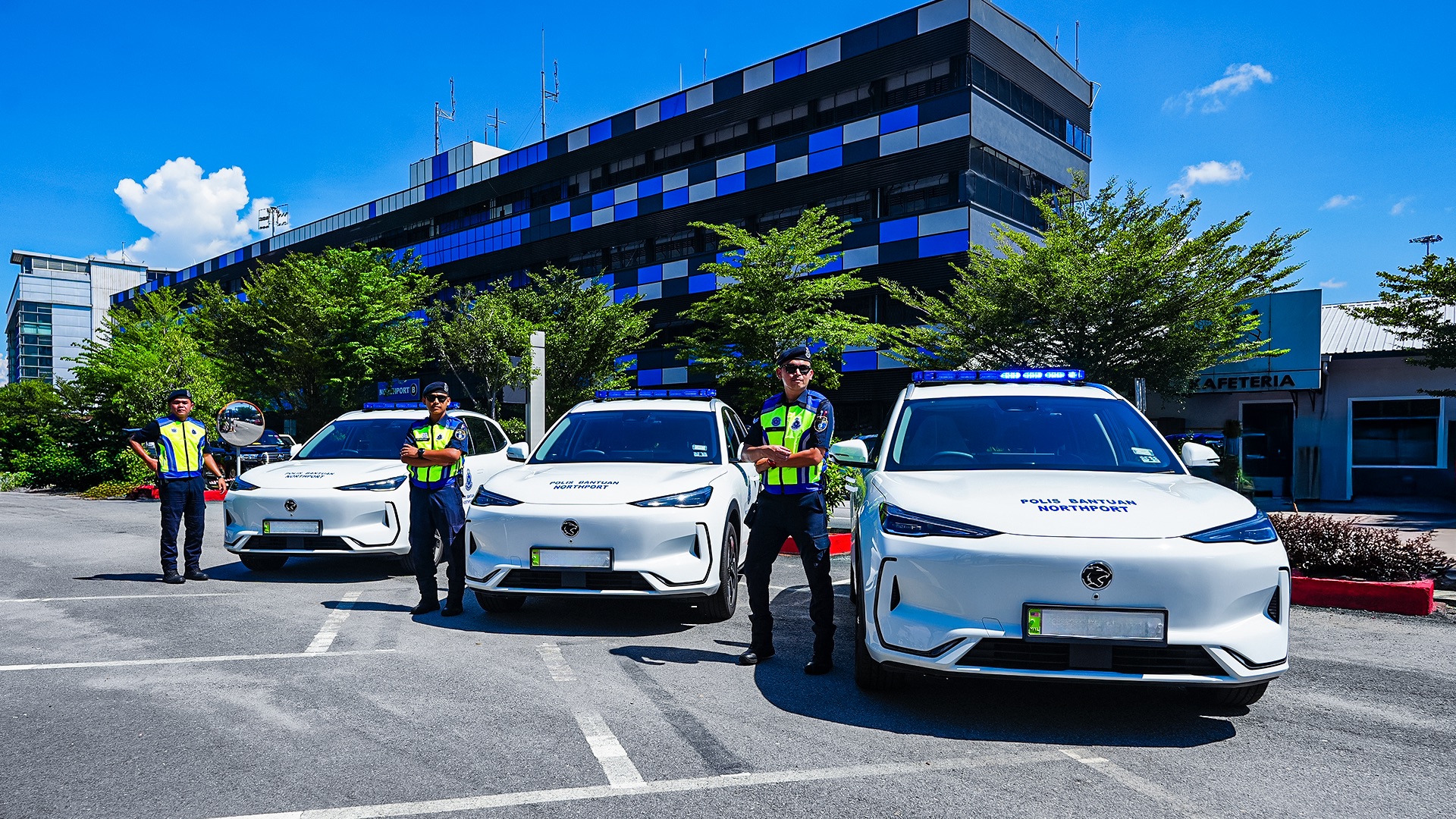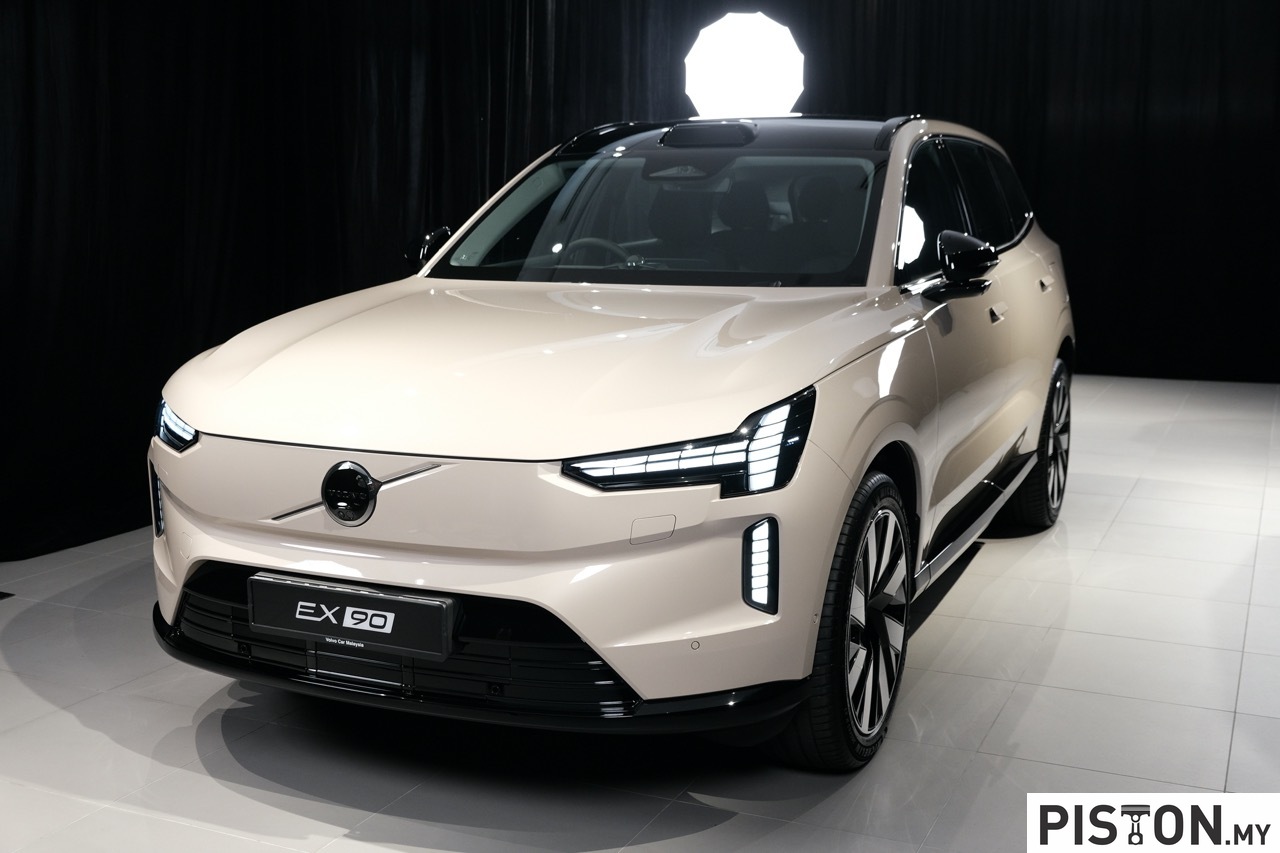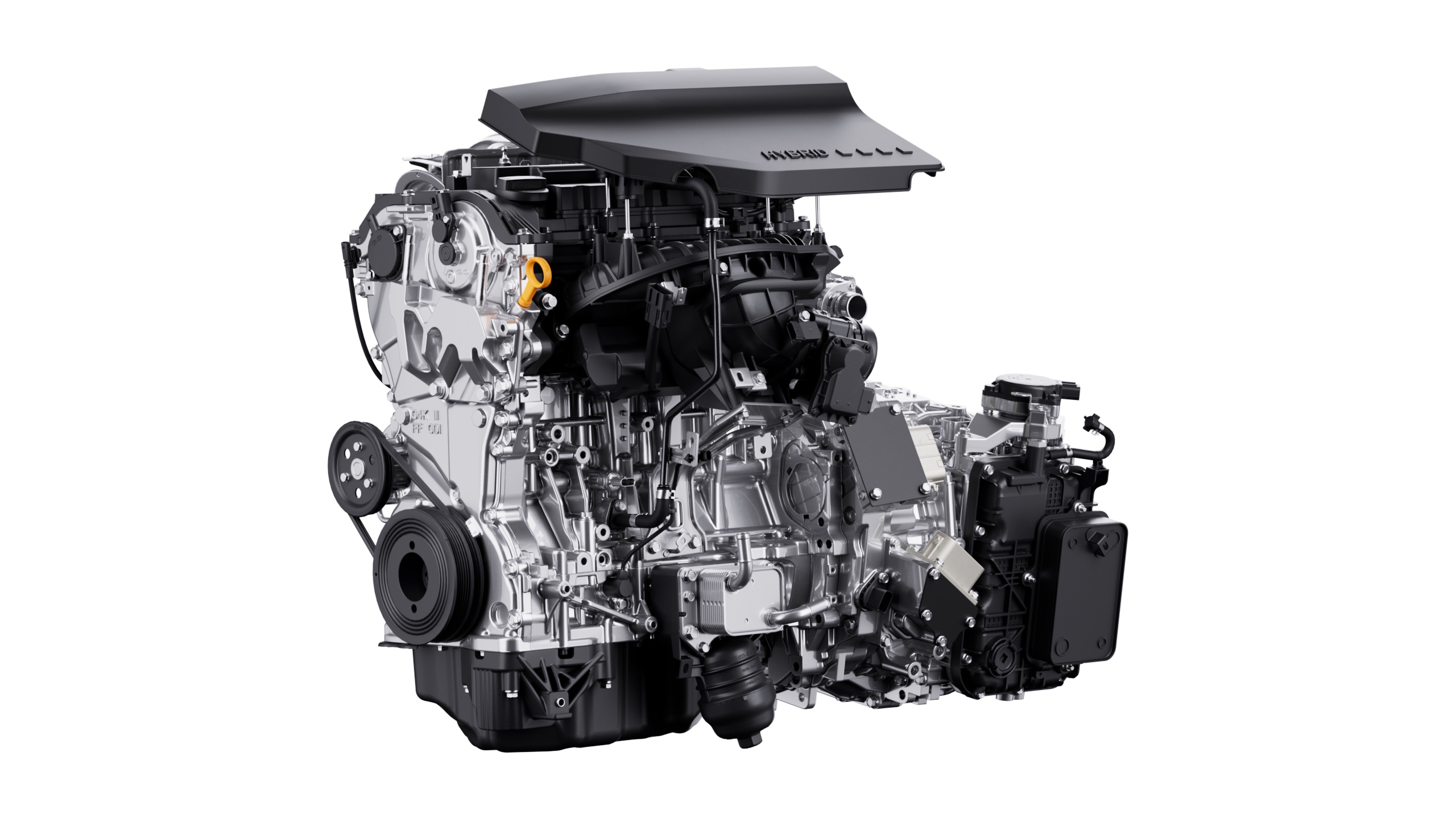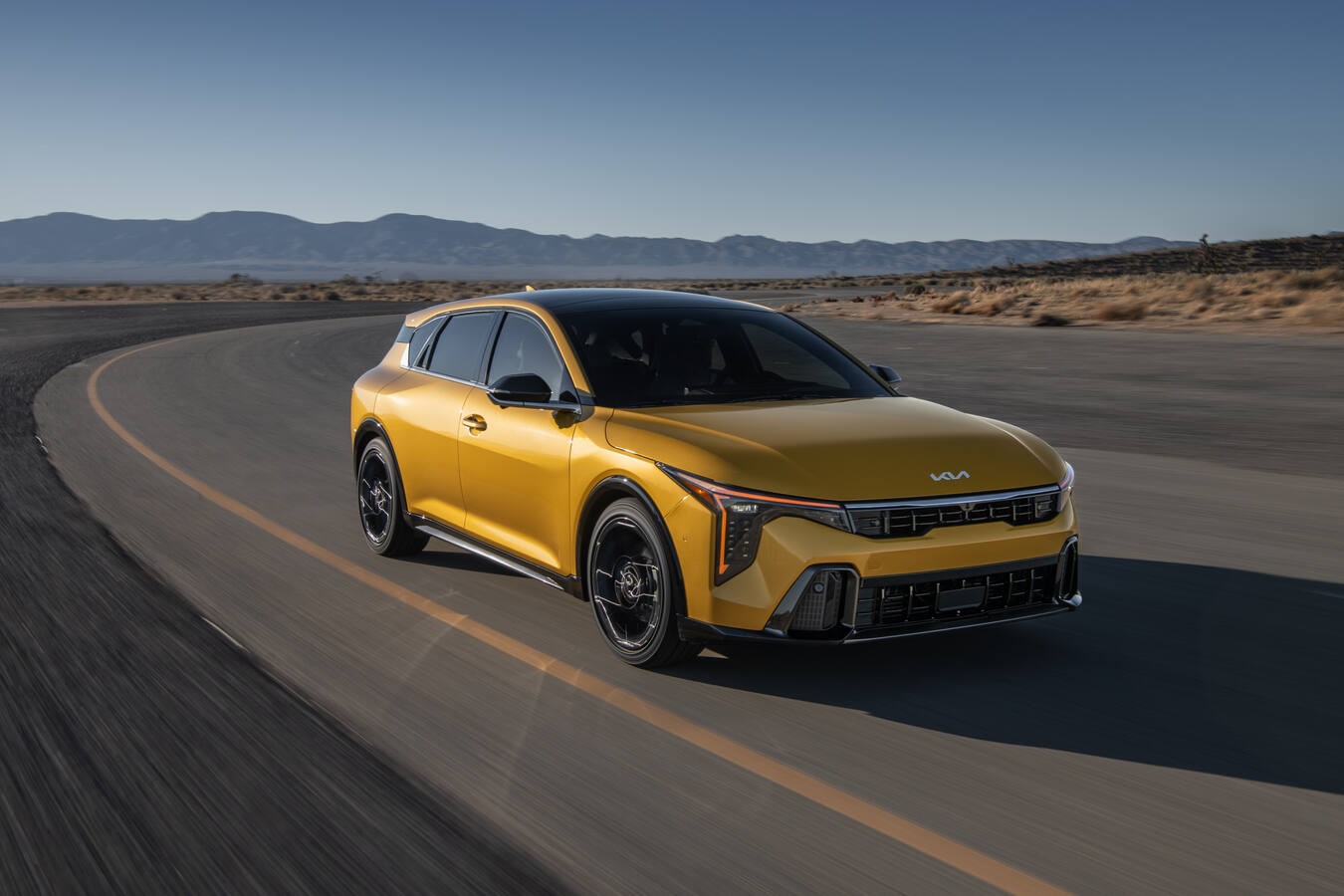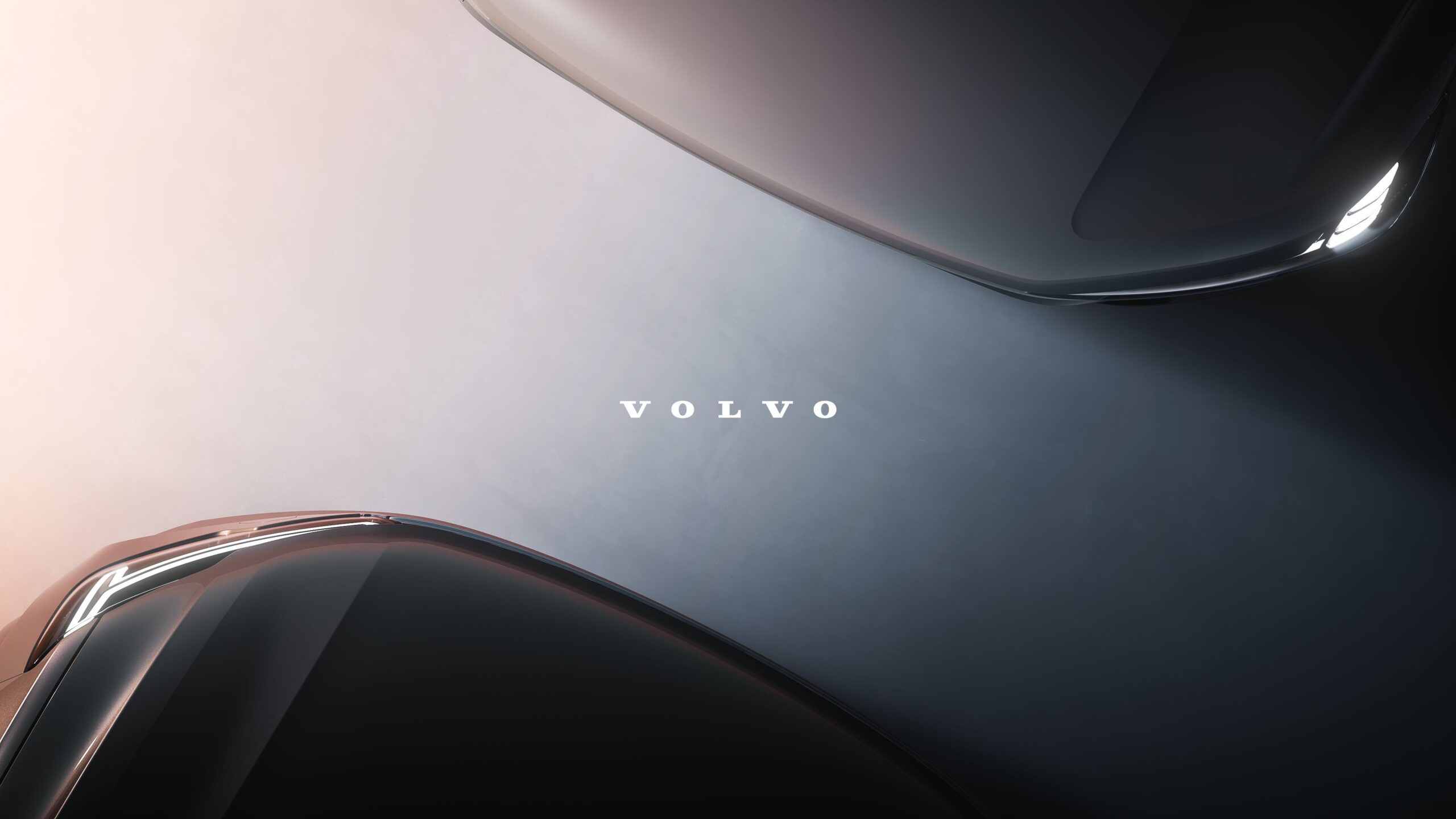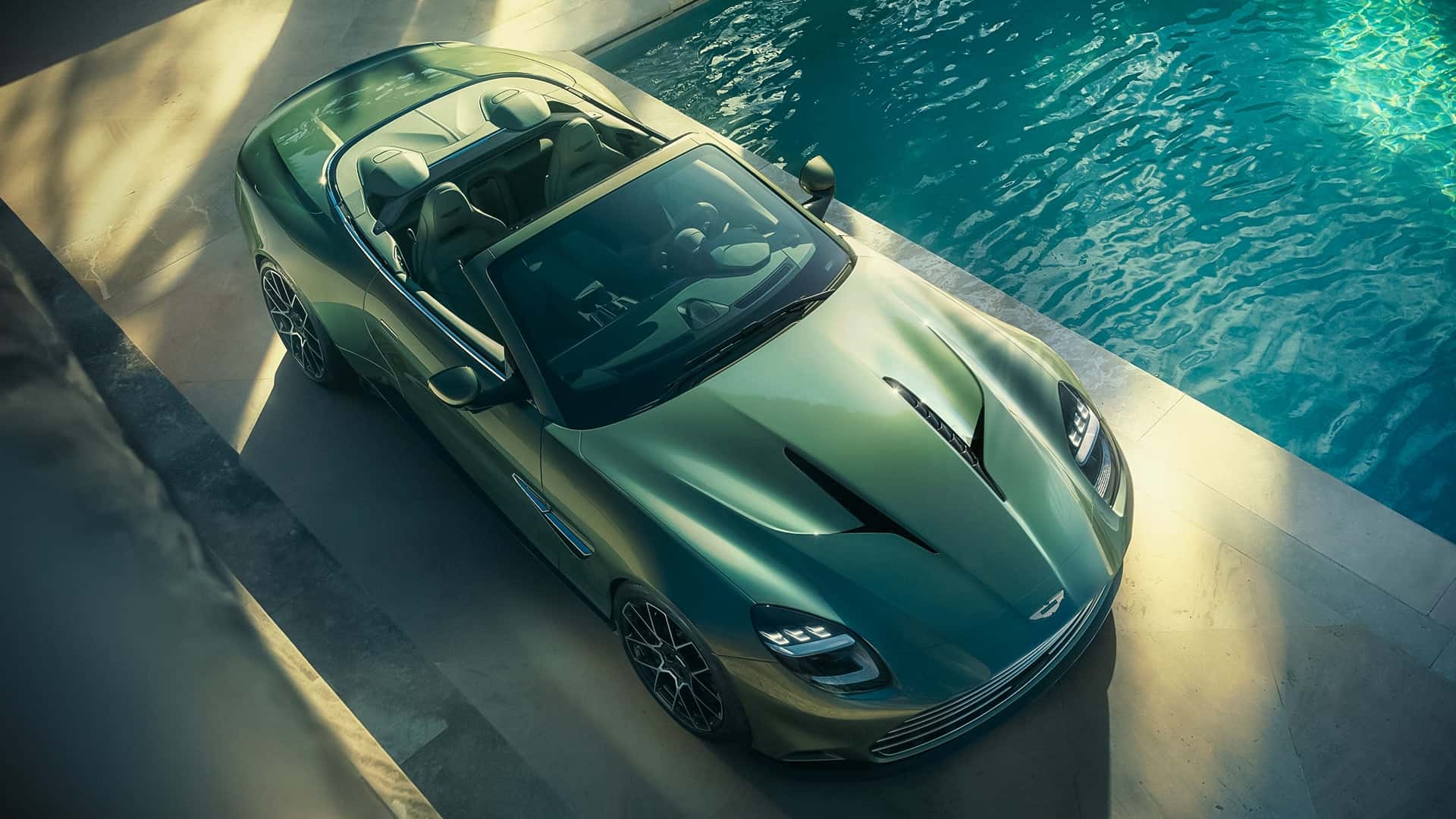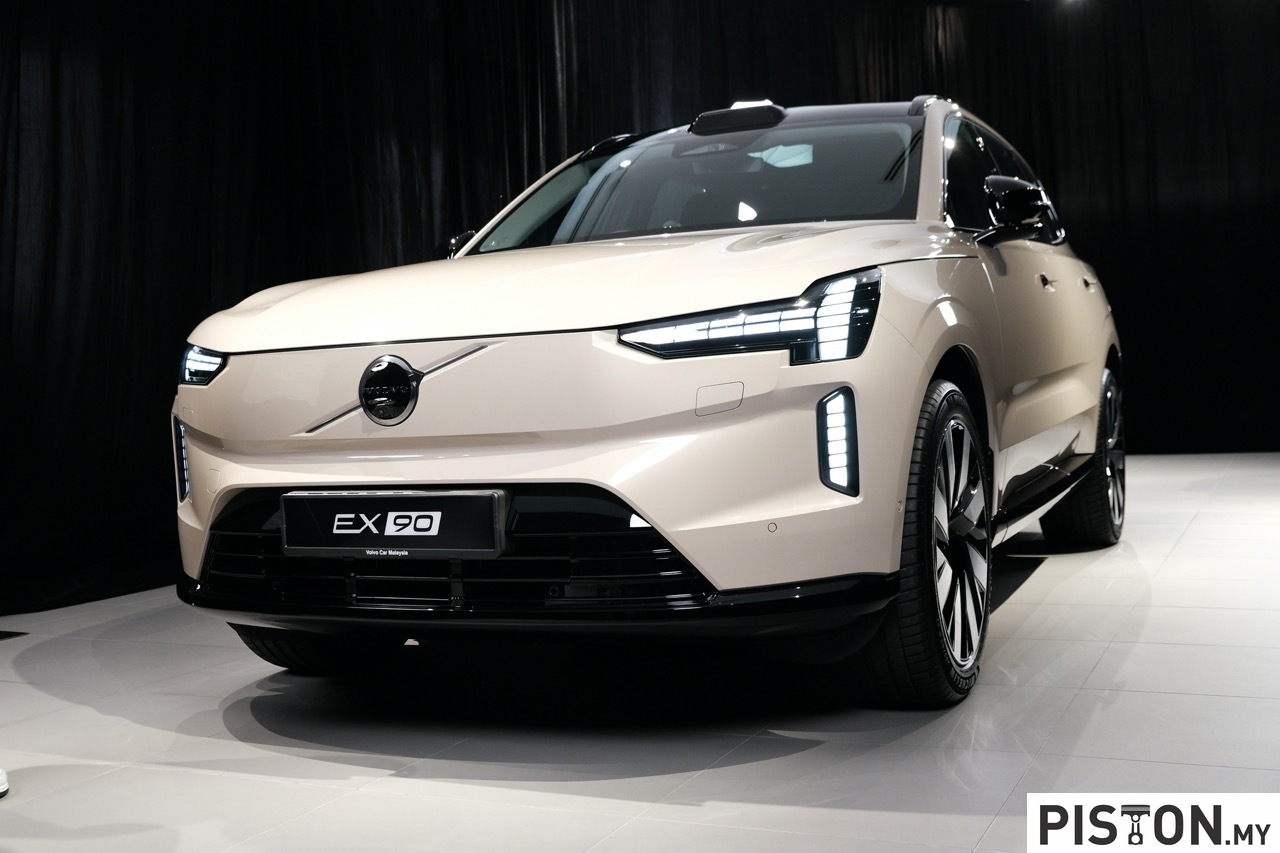After the drama-free starting laps in France, this round started off with a chaotic series of events at the first turn as Alfa Romeo ORLEN’s Antonio Giovinazzi spun after coming in contact with Pierre Gasly of Scuderia AlphaTauri. The latter had rear end damage, forcing him to go into the pits and not come back out again.
On lap 7, Red Bull’s Daniel Ricciardo was having power loss with his car which lost him a hard-earned position moving up from 13th to 11th and then losing it to Aston Martin’s Sebastian Vettel.
Debris from the collision between Giovinazzi and Gasly had some of the drivers concerned and asking their engineers to keep watch on the tyre pressures. The nasty experiences in Baku which Pirelli attributed to incorrect pressures was still strong in their minds.
Red Bull’s Max Verstappen had managed to get a clean start and very quickly opened up the gap with Lewis Hamilton. By the 20th lap, the two drivers were way head of Segrio Perez, Verstappen’s team mate, less than 5 seconds separating them. Valtteri Bottas with 3 seconds behind Perez and biding his time until Verstappen came in for tyres and he would try to move up and stay up.
At the other end of the field, the Haas drivers were jockeying for positions with each other and Williams’ Nicholas Latifi was looking for a way past them.
Verstappen came in on lap 30, spent 2 seconds immobile and then shot off to rejoin still ahead of Hamilton and still having that same gap. His team mate’s pit stop was slightly slower due to some difficulty with a rear wheel. The delay allowed Bottas to claim third and move to retain it.
On lap 33, Verstappen was heard asking his team if there was a brake issue, which his engineer said will be looked into. Meanwhile, George Russell was having power unit problems and was stuck in 18th. 6 laps later, he would be forced to end his race in the pits.
As the second half of the race was underway, Daniel Ricciardo and Carlos Sainz were the only drivers left who had not changed their tyres. Both could collect points today as they were within the Top 10, and neither wanted to lose that.
Lap 43 saw the last two drivers finally coming in for fresh tyres, both taking on hard compounds. Sainz was able to slot back into seventh but Ricciardo slipped to 15th.
On lap 44, Leclerc pushed past Alfa Romeo ORLEN’s Kimi Raikkonen at the apex of Turn 3 to slot into 12th but while doing so, his car hit the front wing of Raikkonen’s car, though not damaging it excessively.
By lap 49, Perez finally caught up to Bottas and was ready to reclaim his place, The Finn was uncomfortable at the prospect of the duel, having pushed hard which had affected tyre management.
Leclerc was powering up the field and into the points position by lap 51 as he got past his former team mate at Ferrari, Sebastian Vettel. He then powered past Scuderia Alphatauri’s Yuki Tsunoda and then Alpine’s Fernando Alonso.
Hamilton was unable to close the 14-second gap as 10 laps remained and the rain he was hoping for just would not come down even though there was a dark cloud or two in the sky.
Determined to get onto the podium, Perez came in again, this time to change to mediums, and then when off in pursuit of Bottas, setting the fastest lap in the process. It wasn’t good news for Bottas who had been pushing hard and was getting concerned whether he could make it to the end.
Verstappen had such a strong lead that he could cruise to the finish but for Hamilton, it was an unpleasant ending since he had won this race the year before. The battle between Perez and Bottas was tighter as only less than 2 seconds separated them in the closing lap but in the end, the Mercedes-AMG just managed to stay in third long enough, denying Perez of the podium finish.




